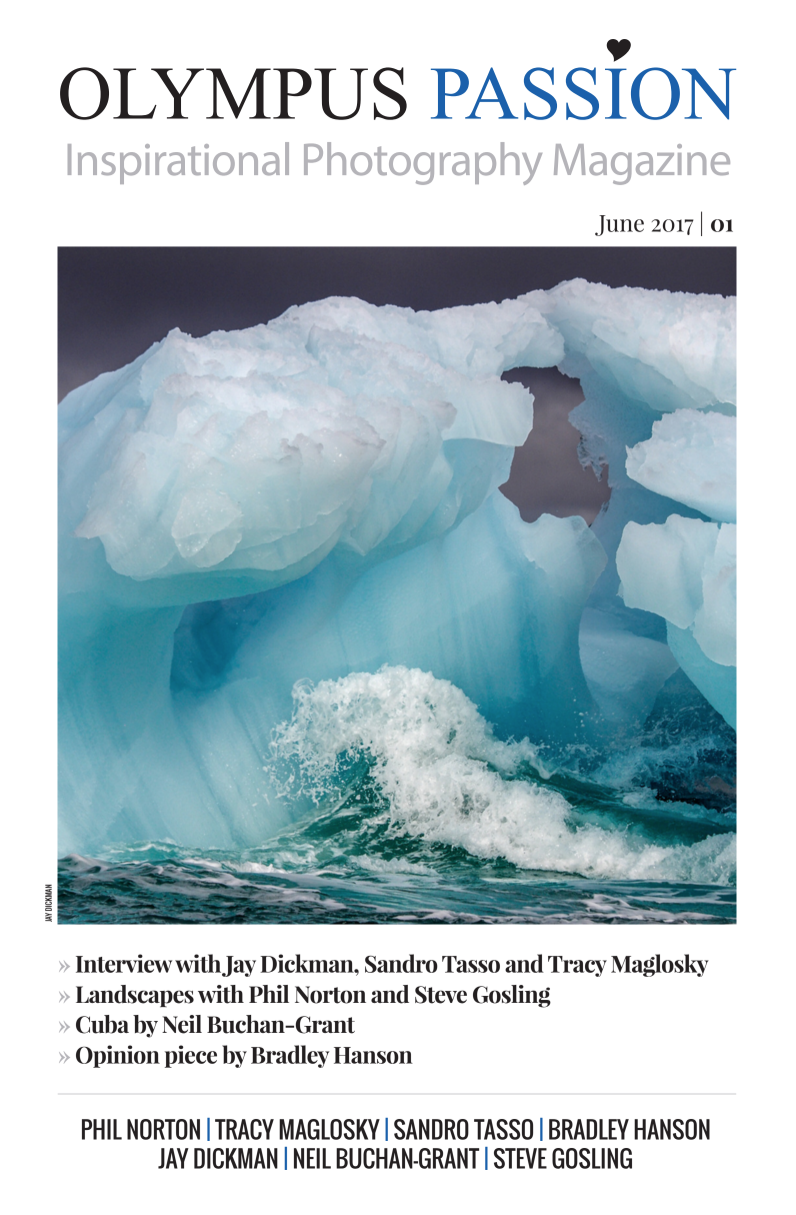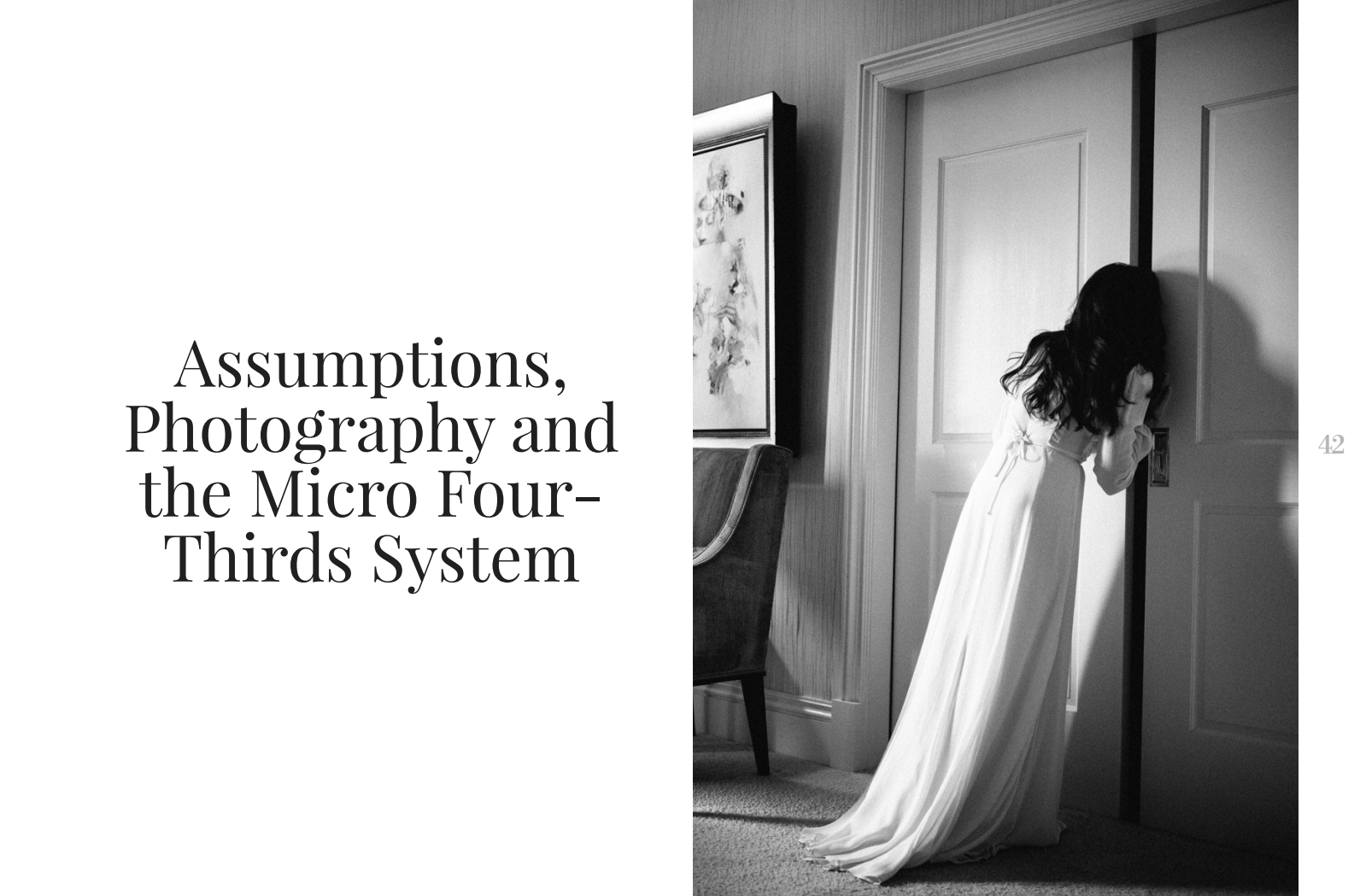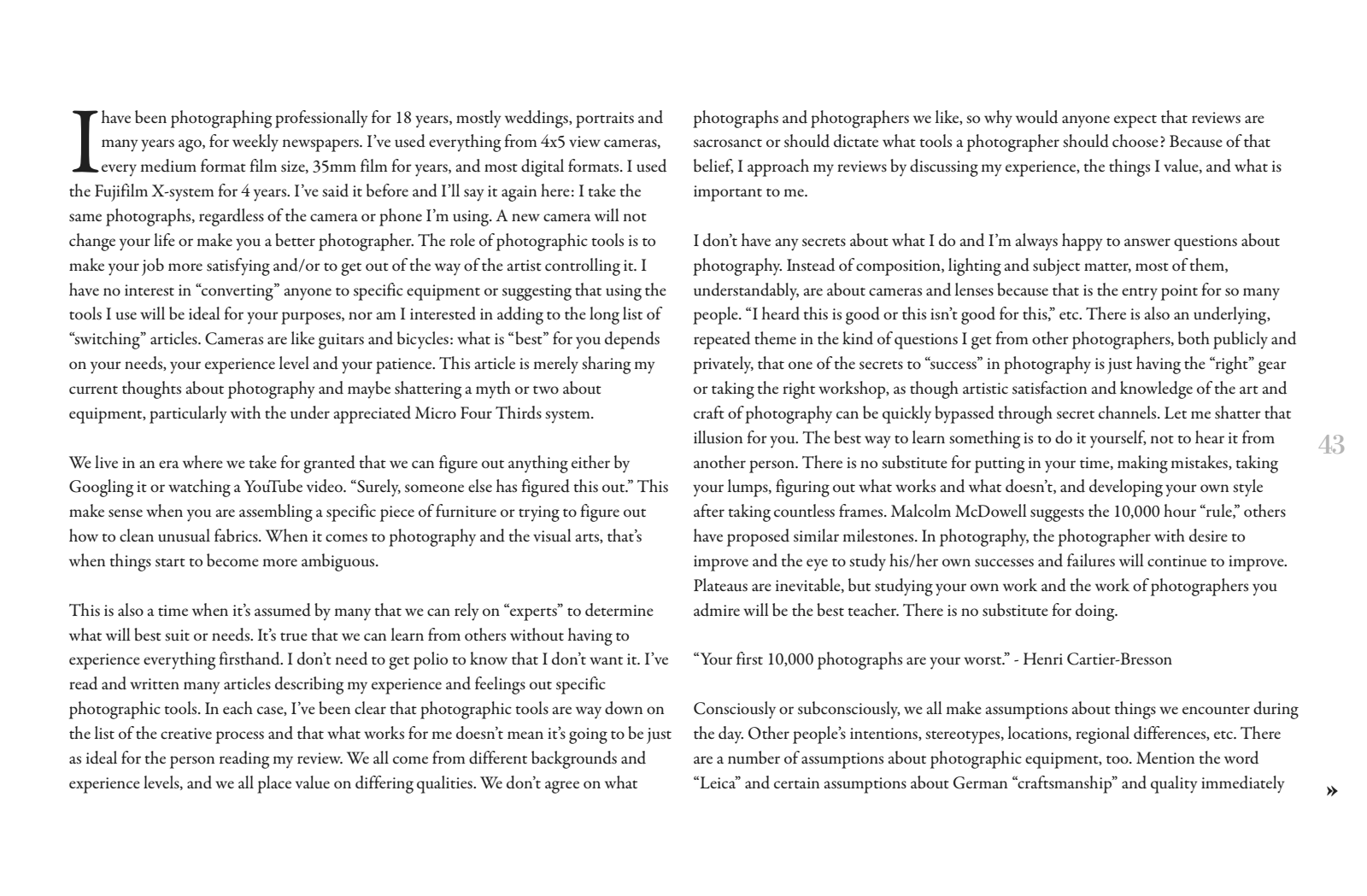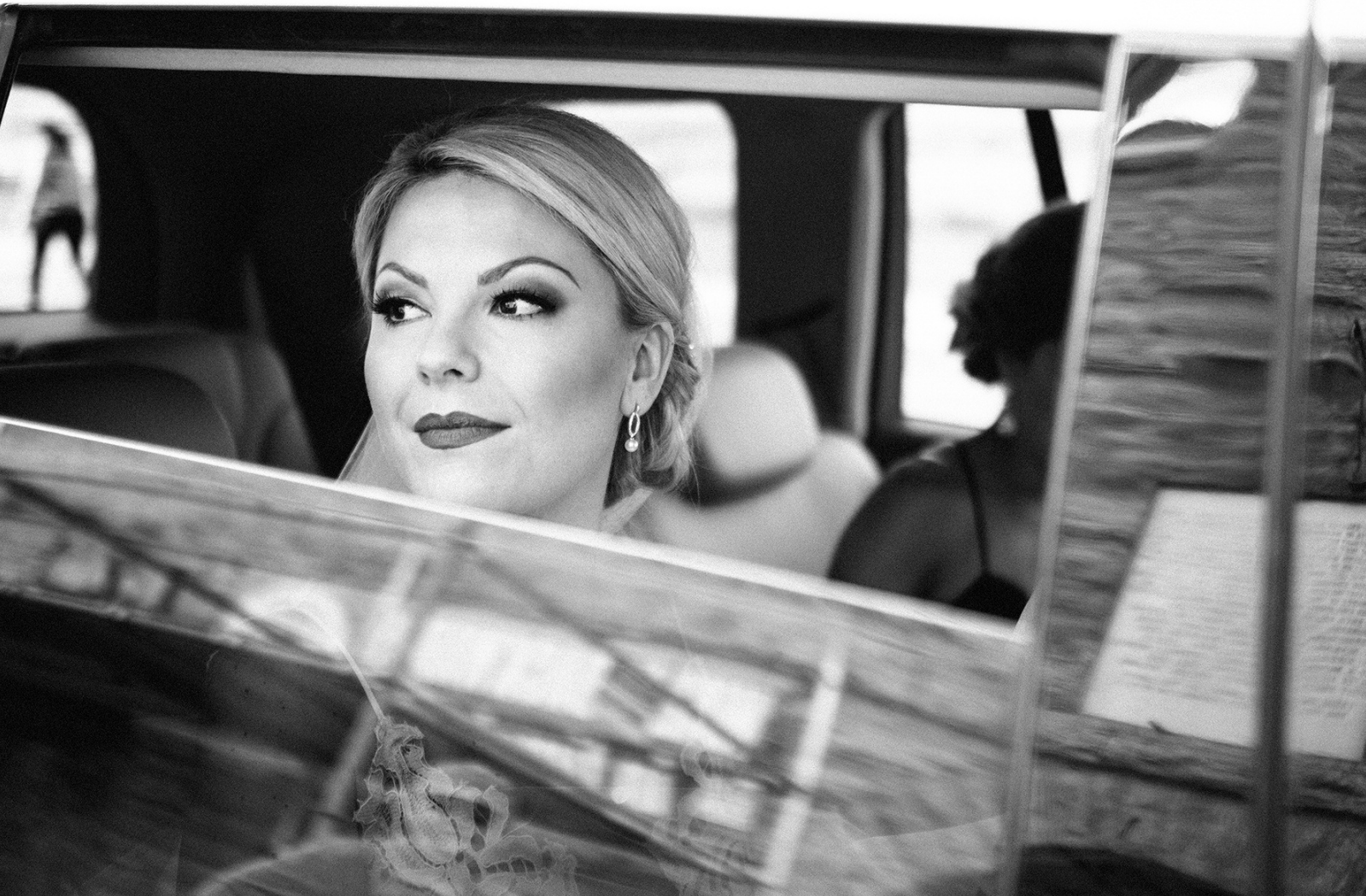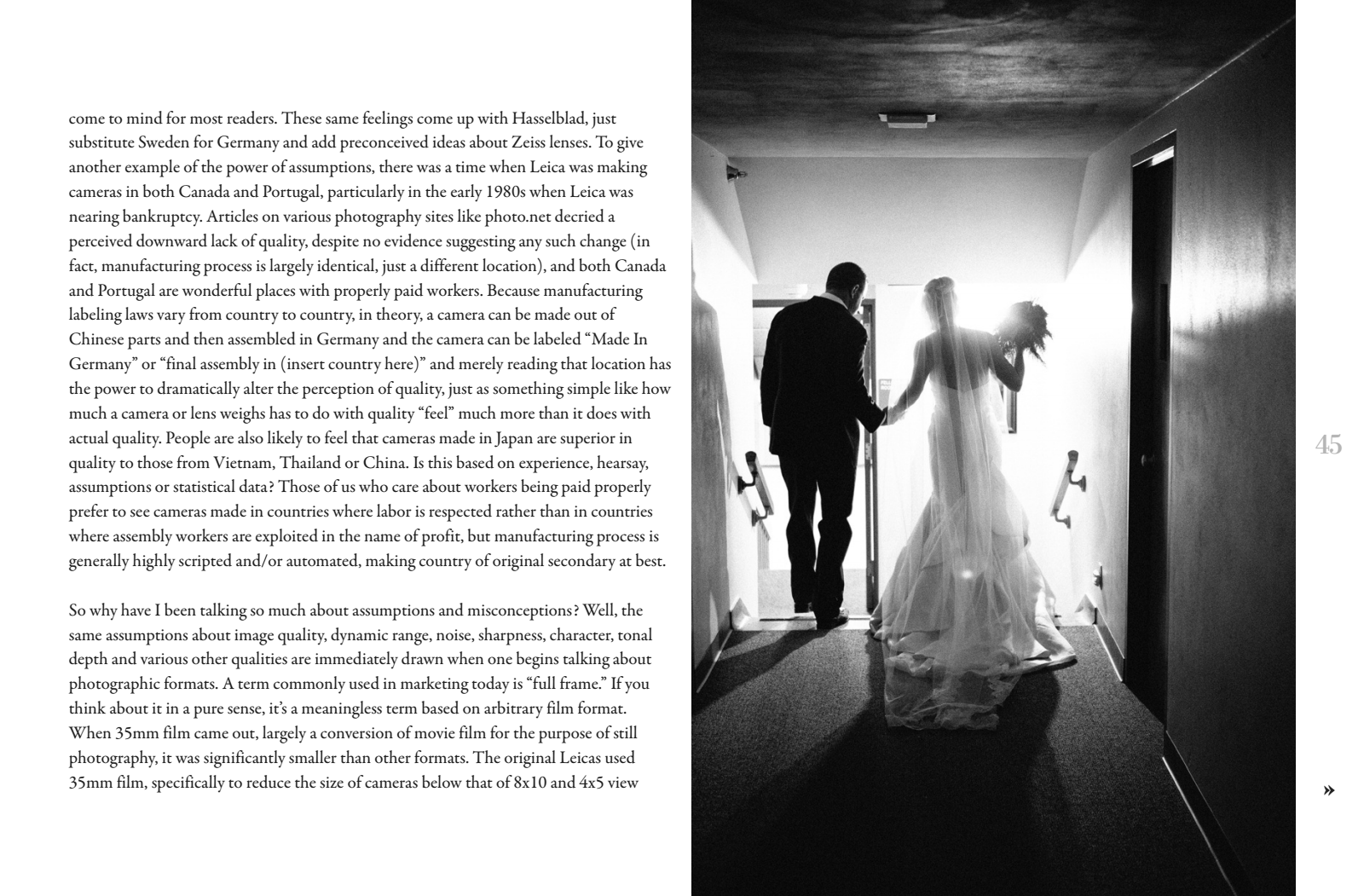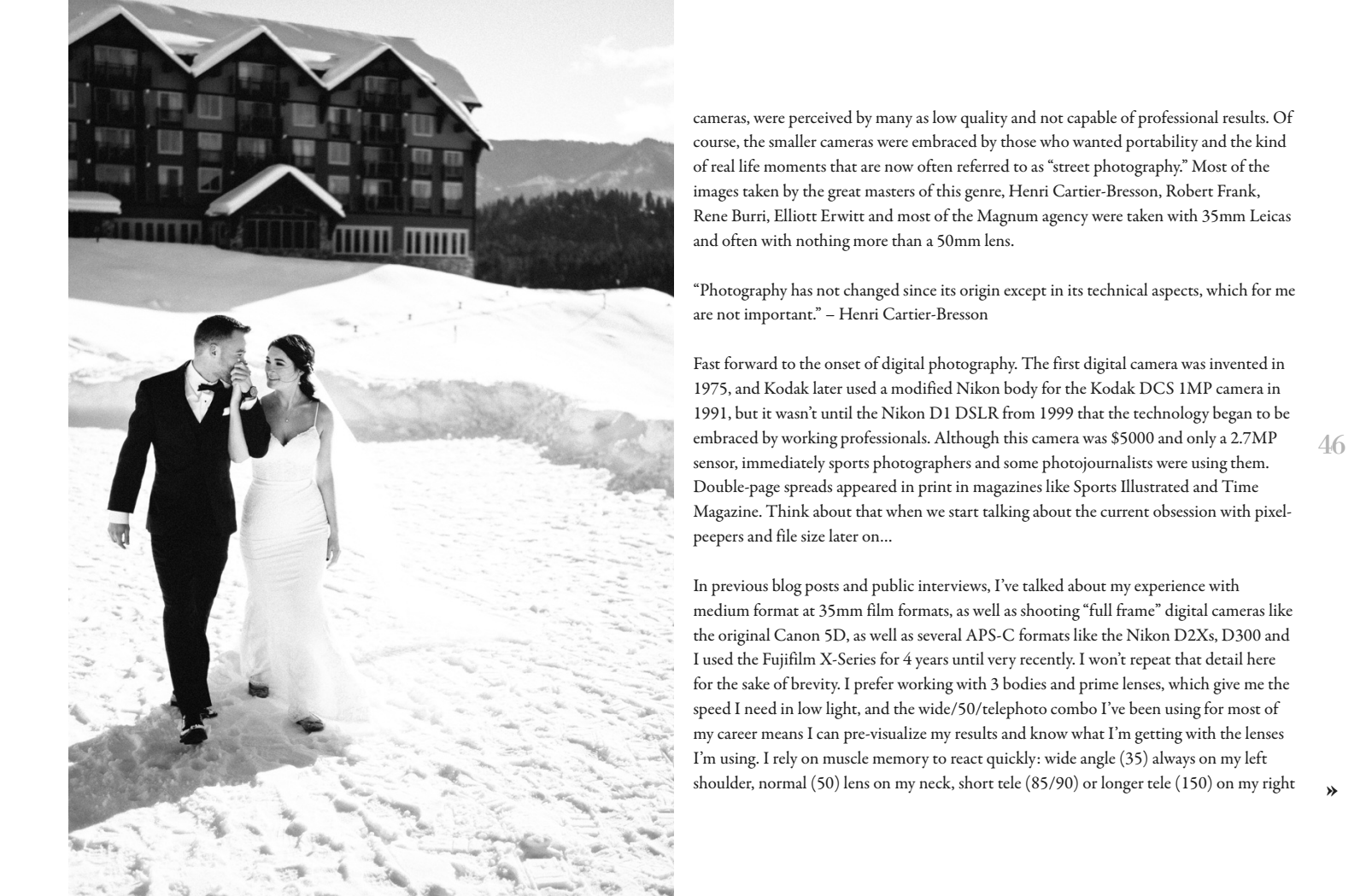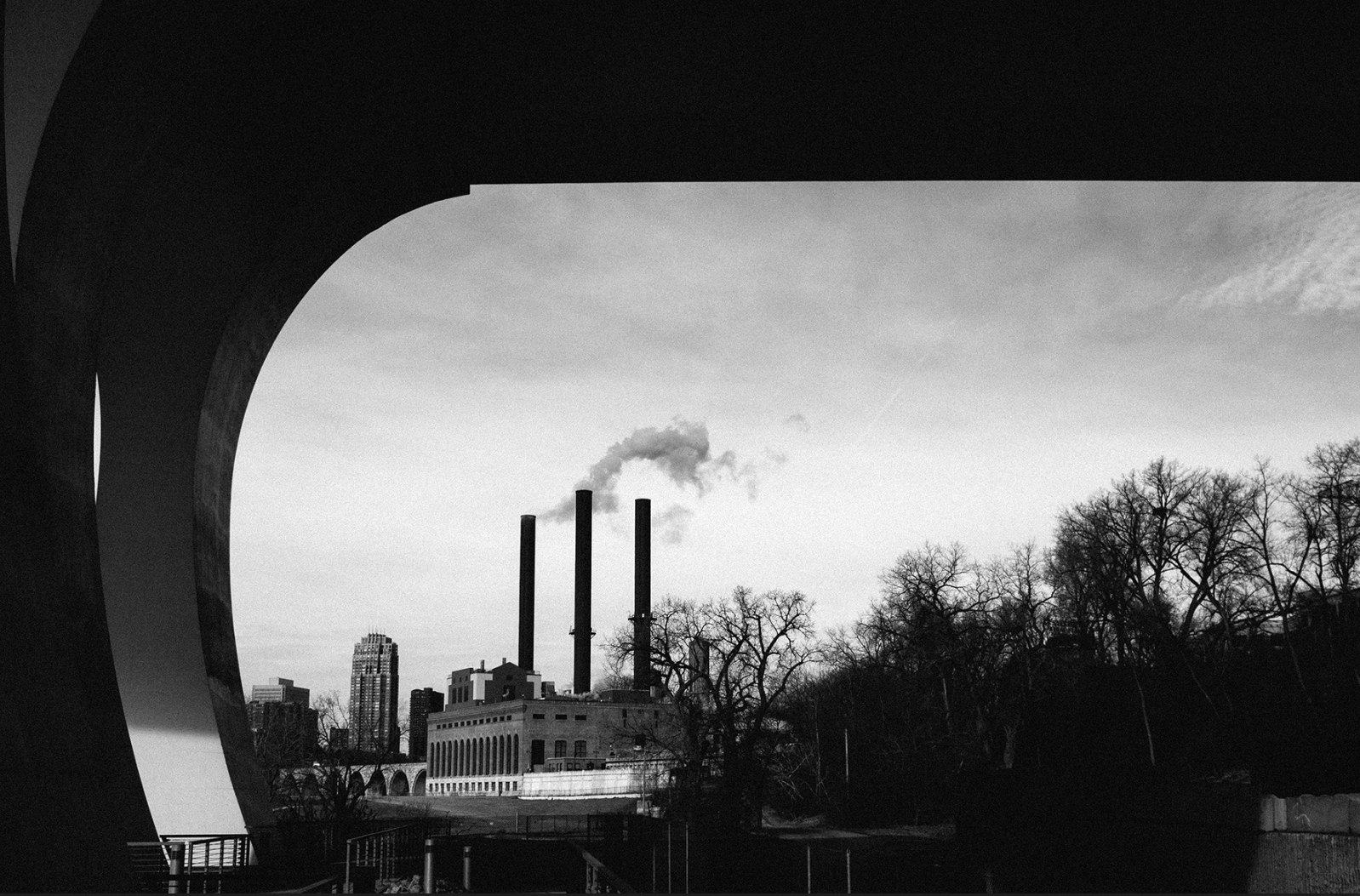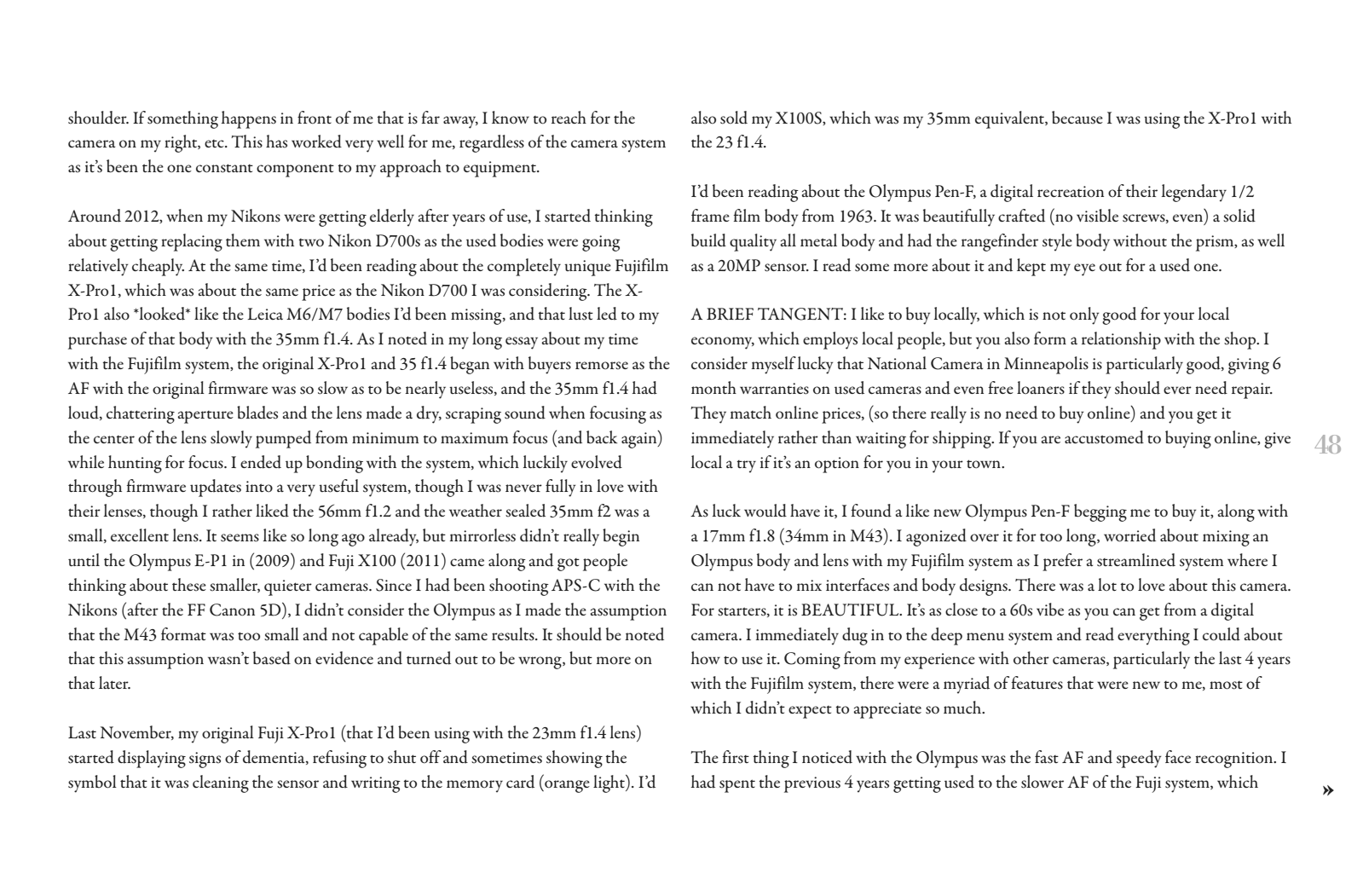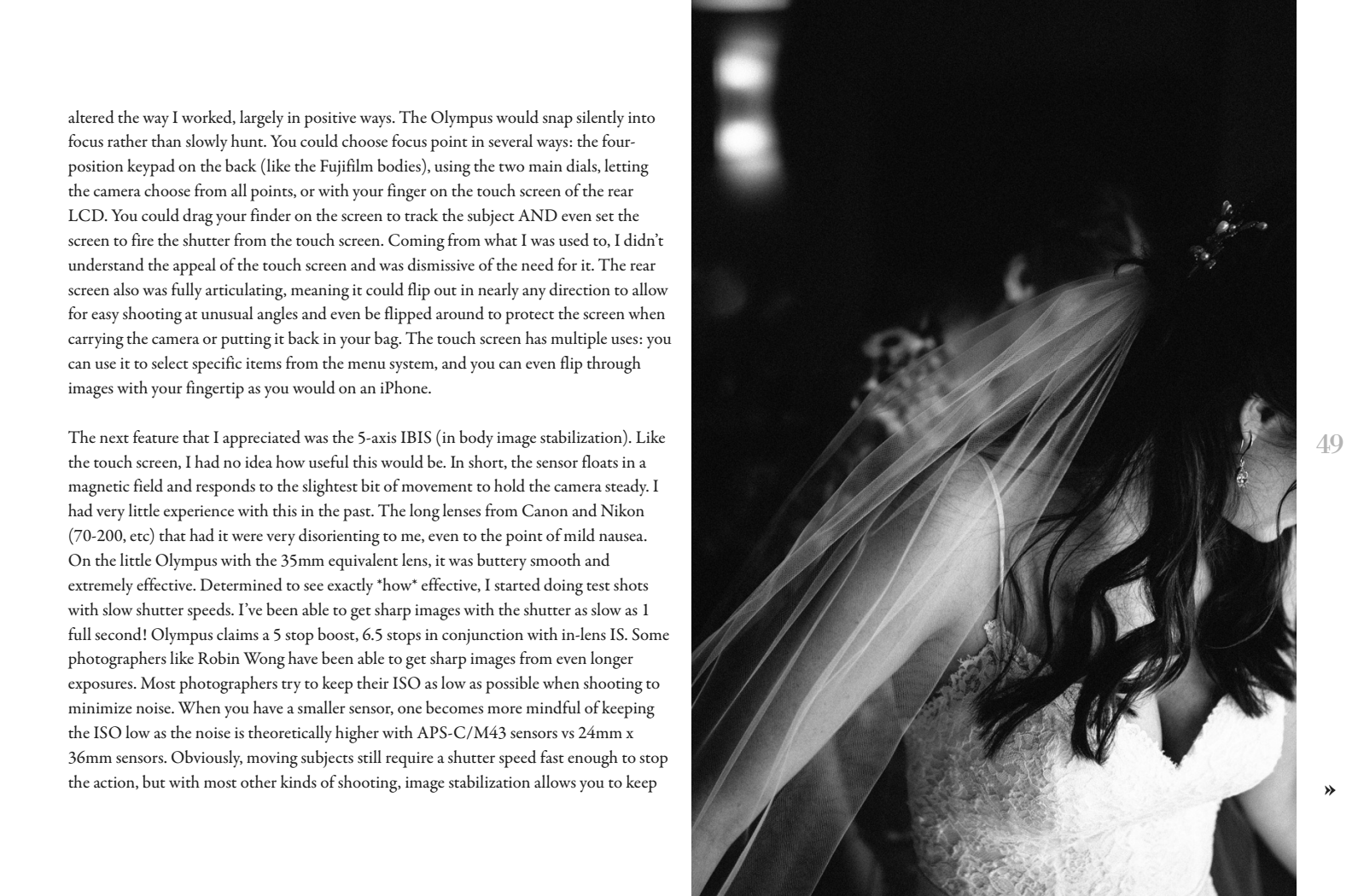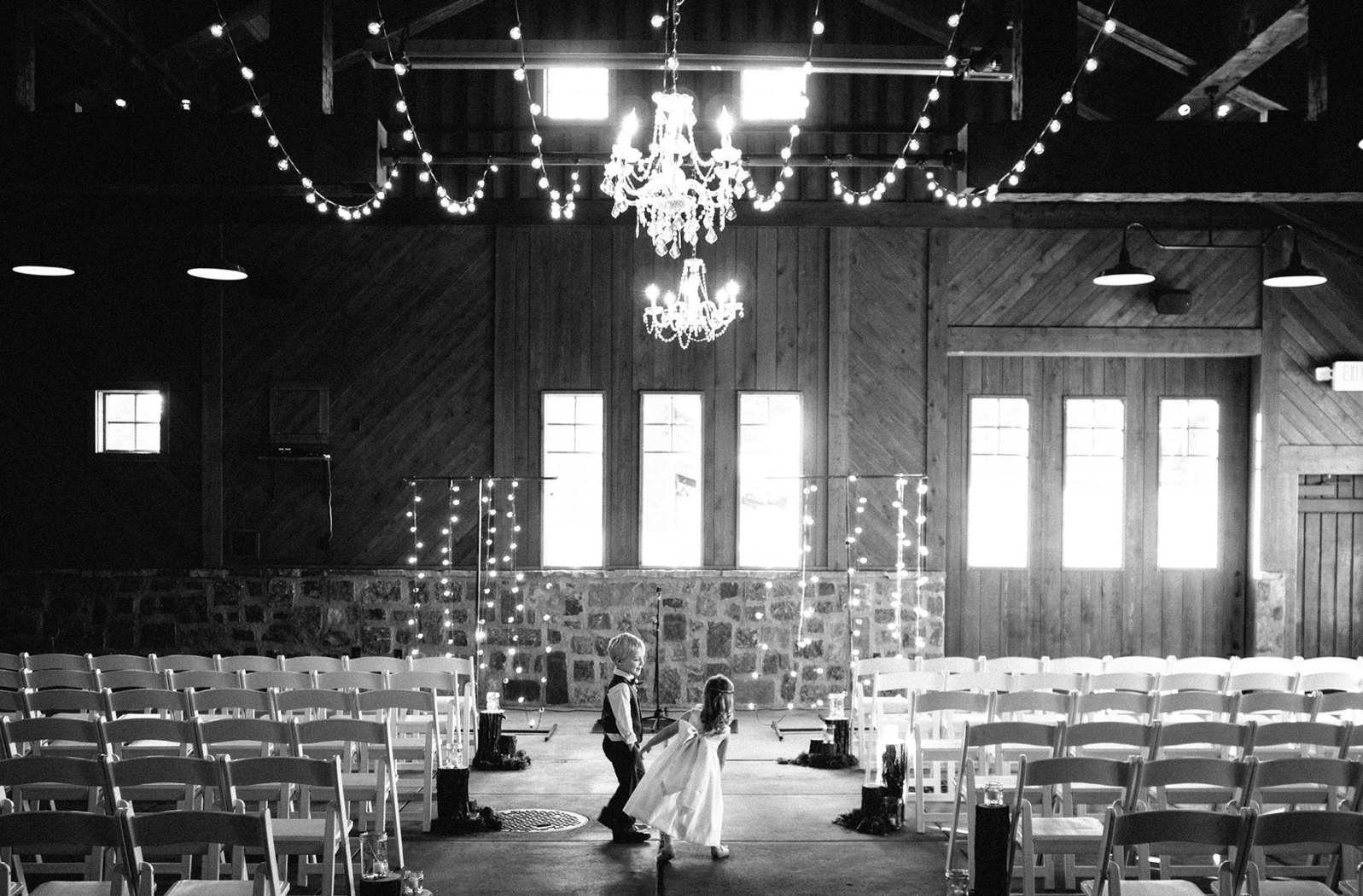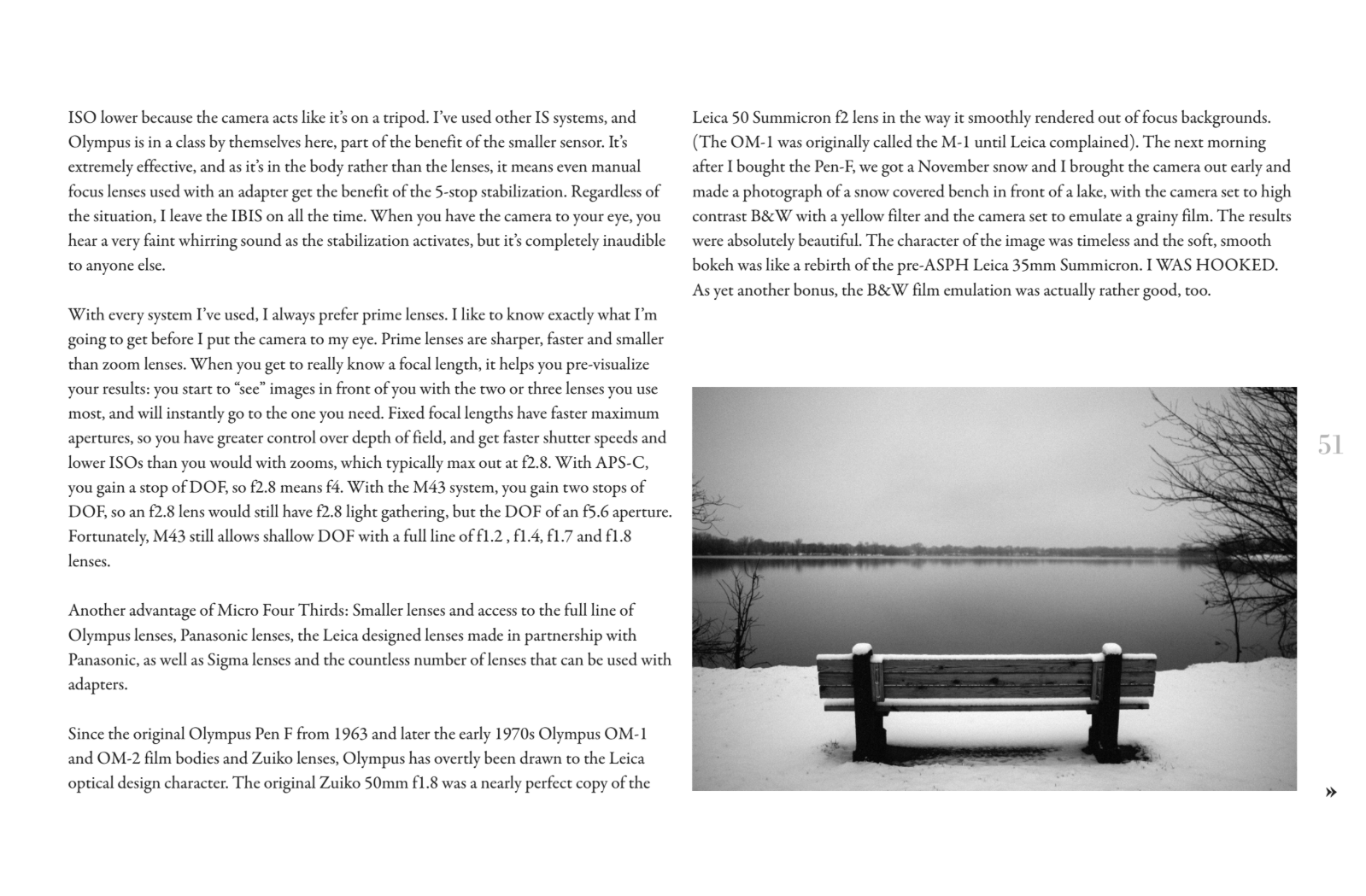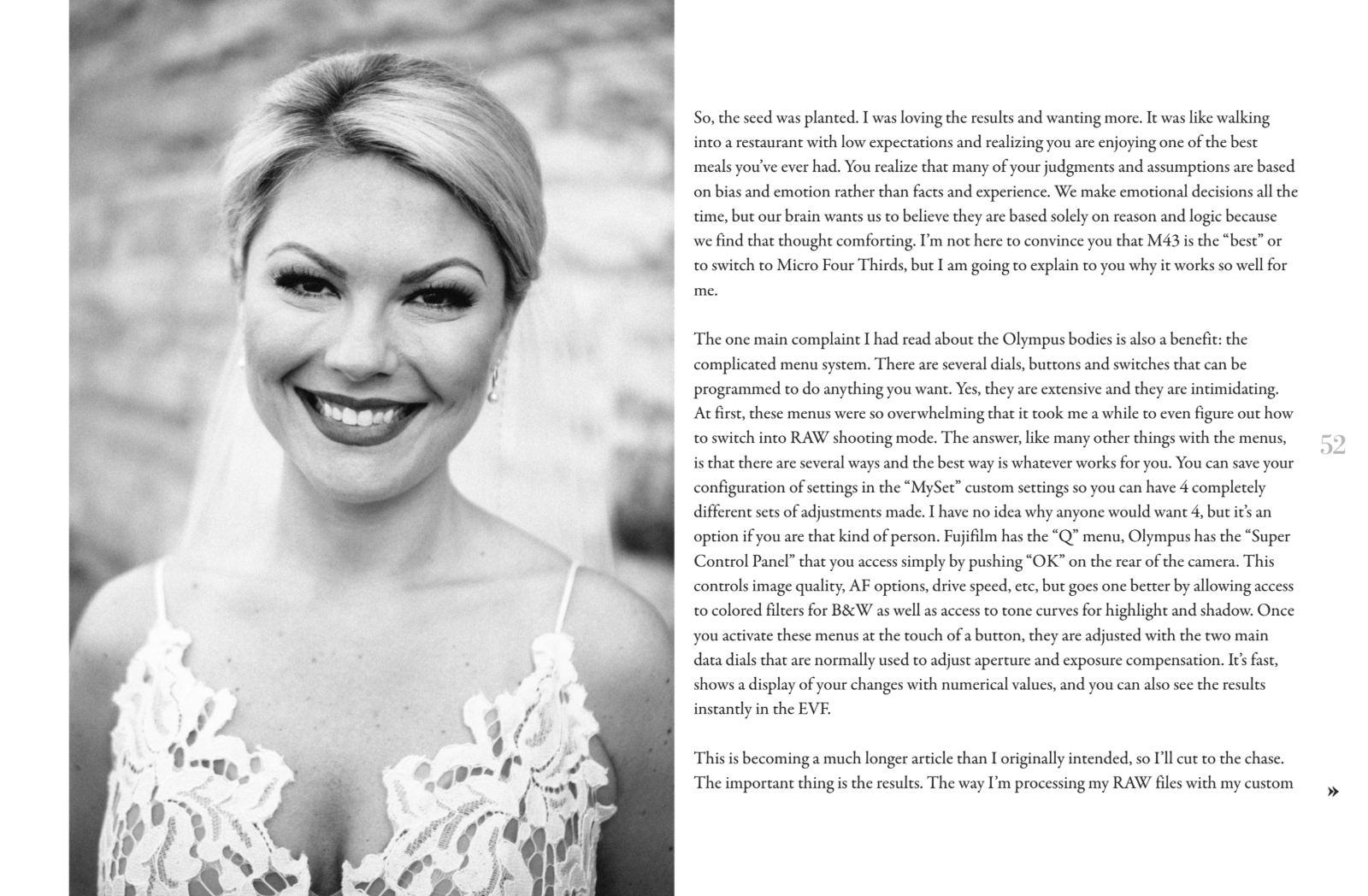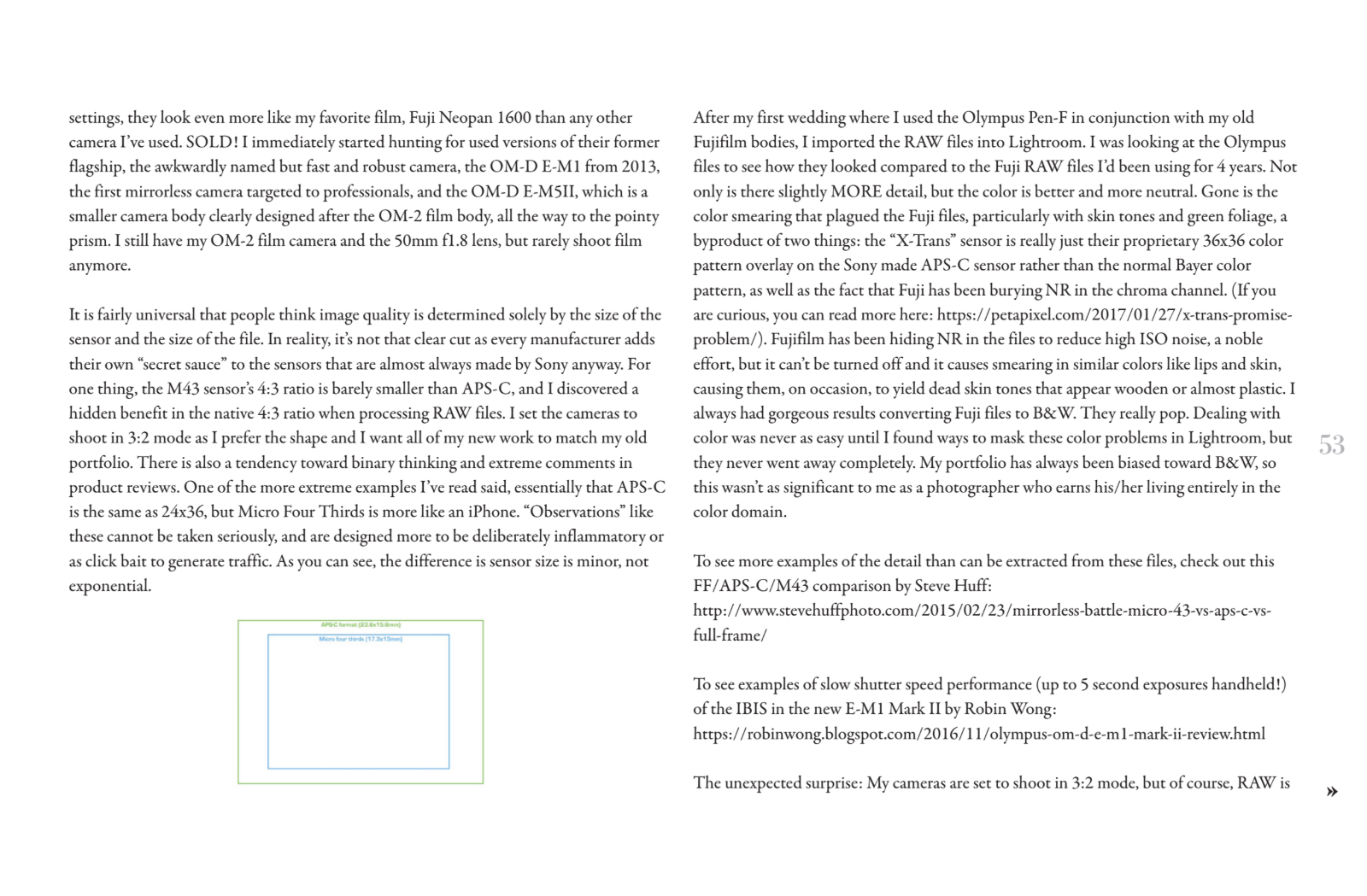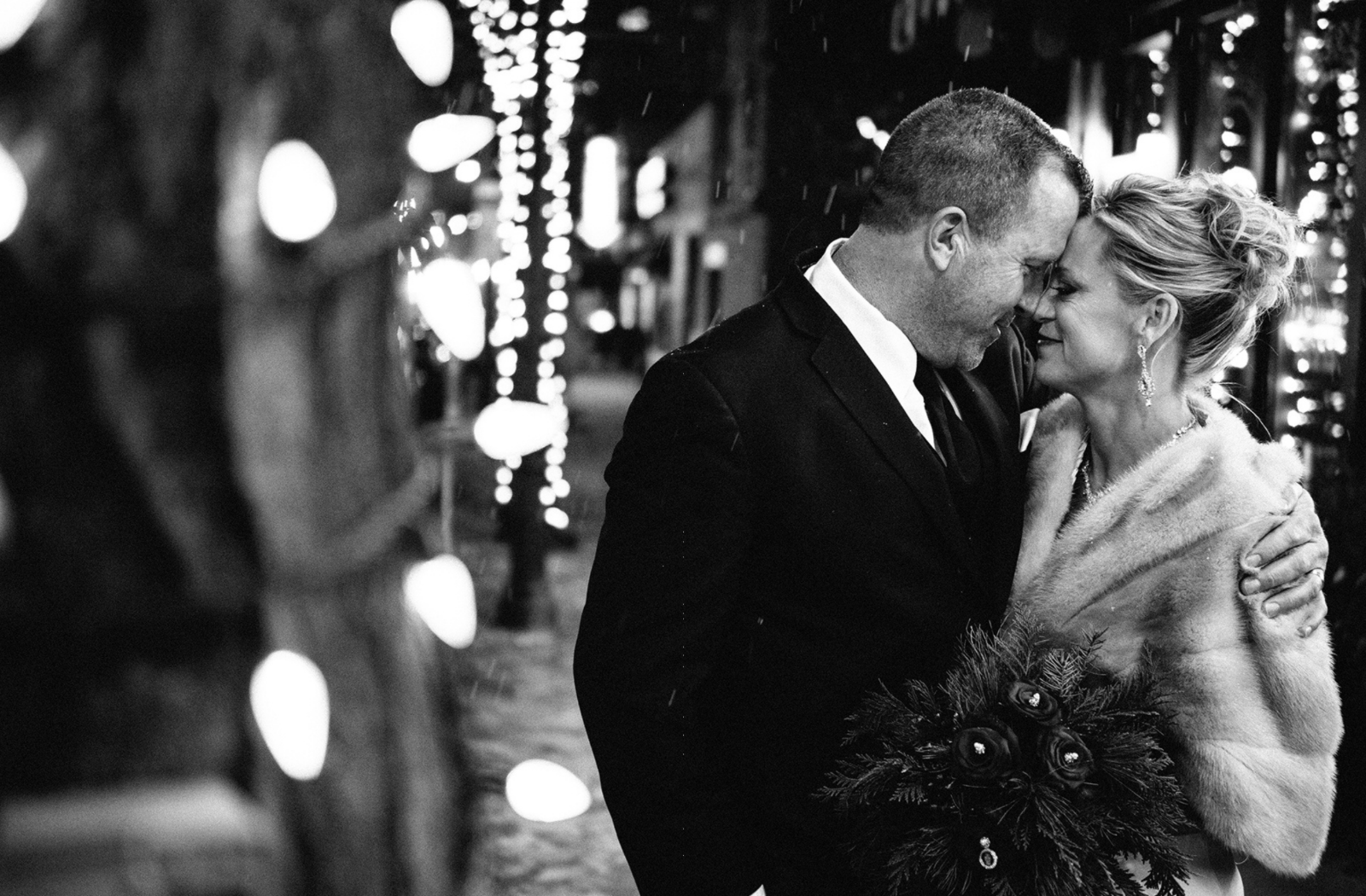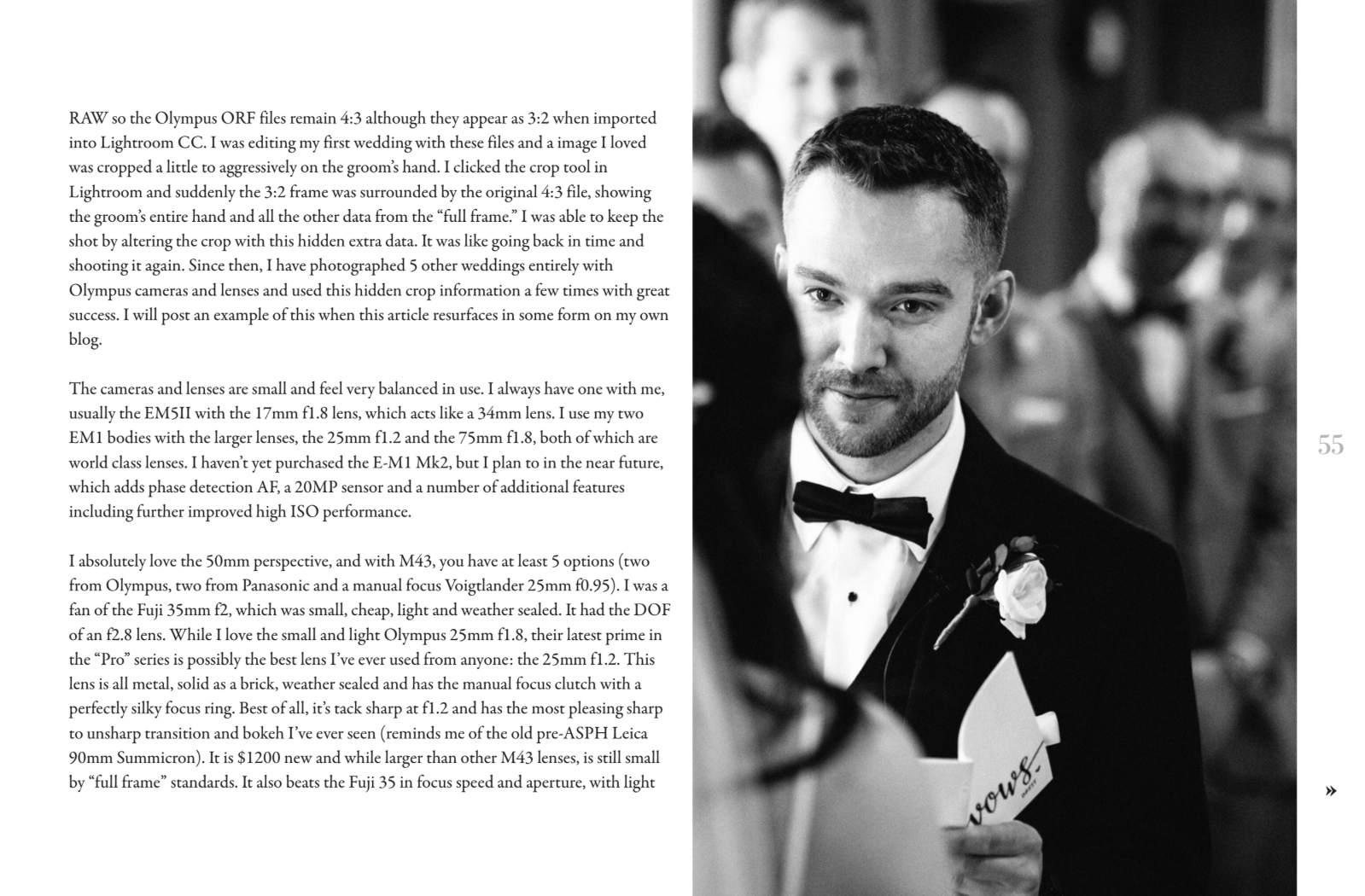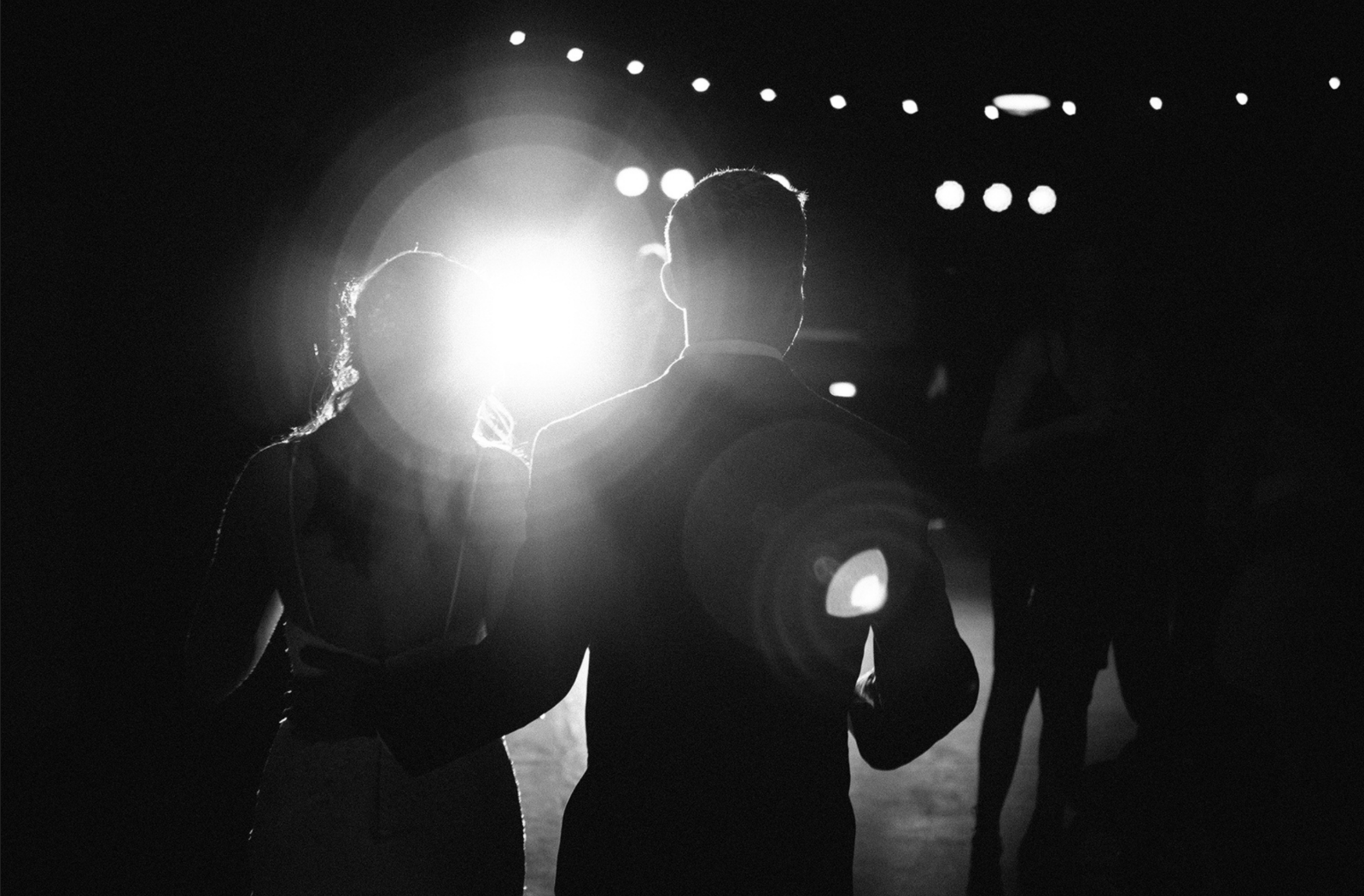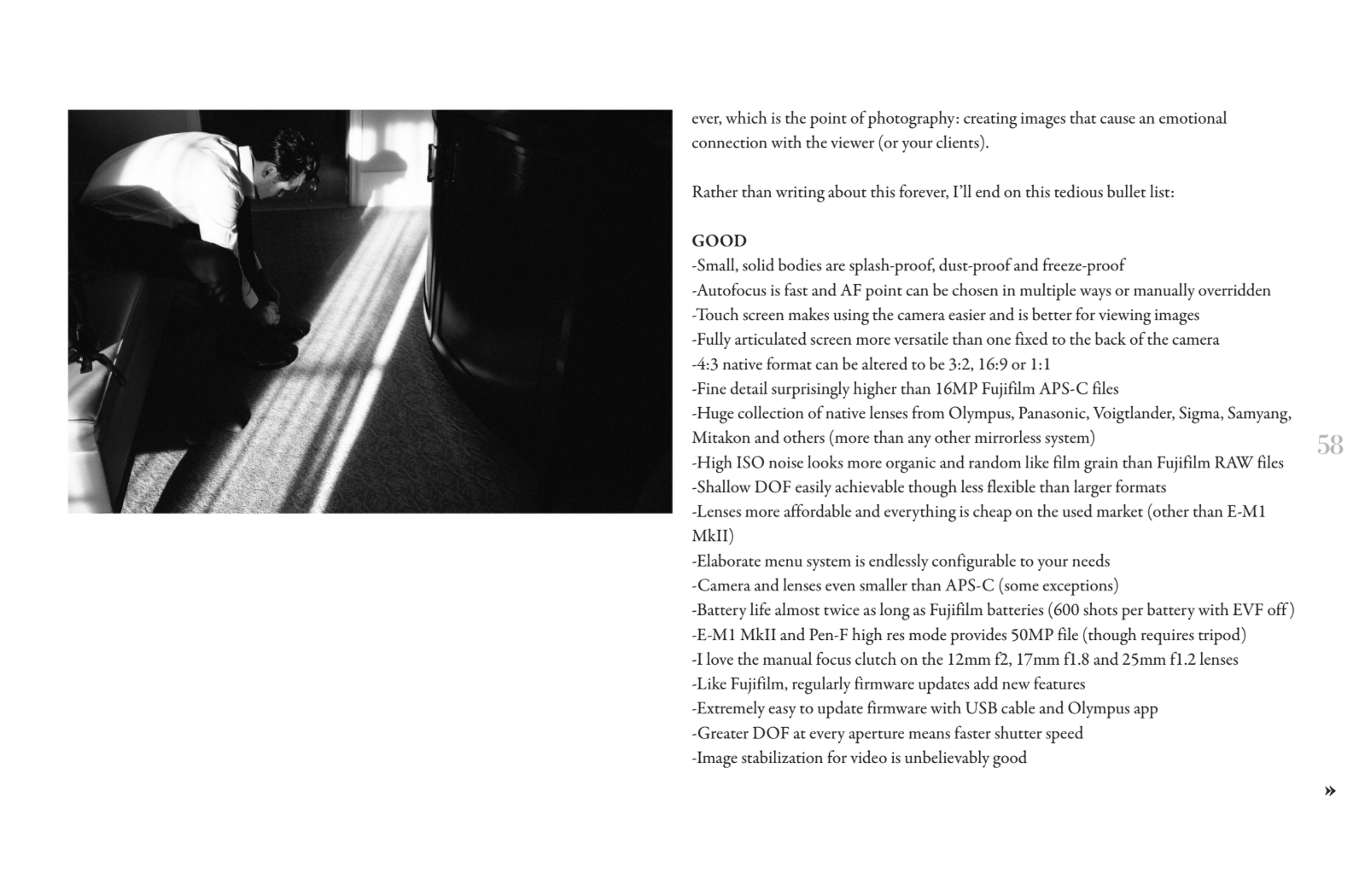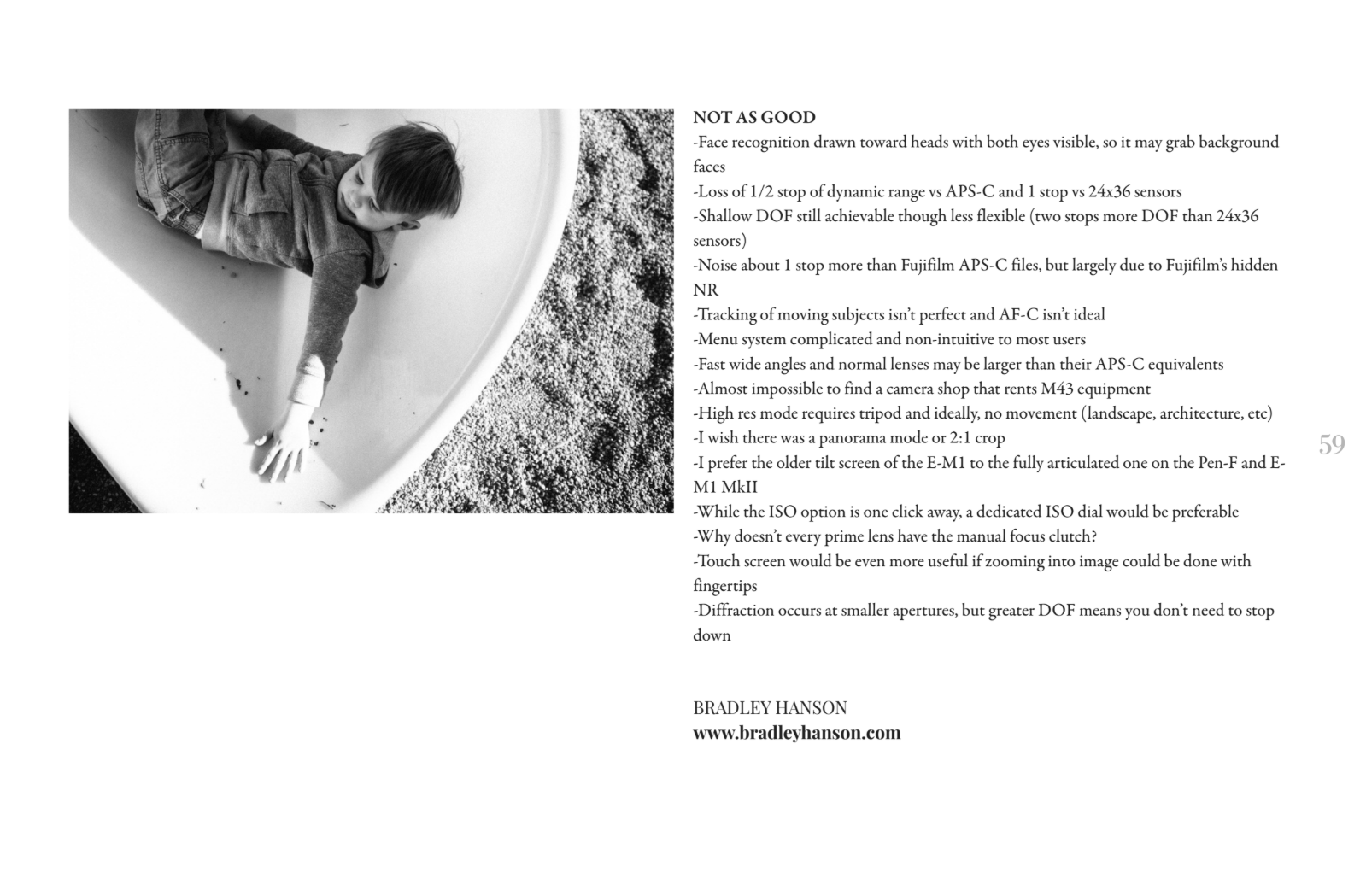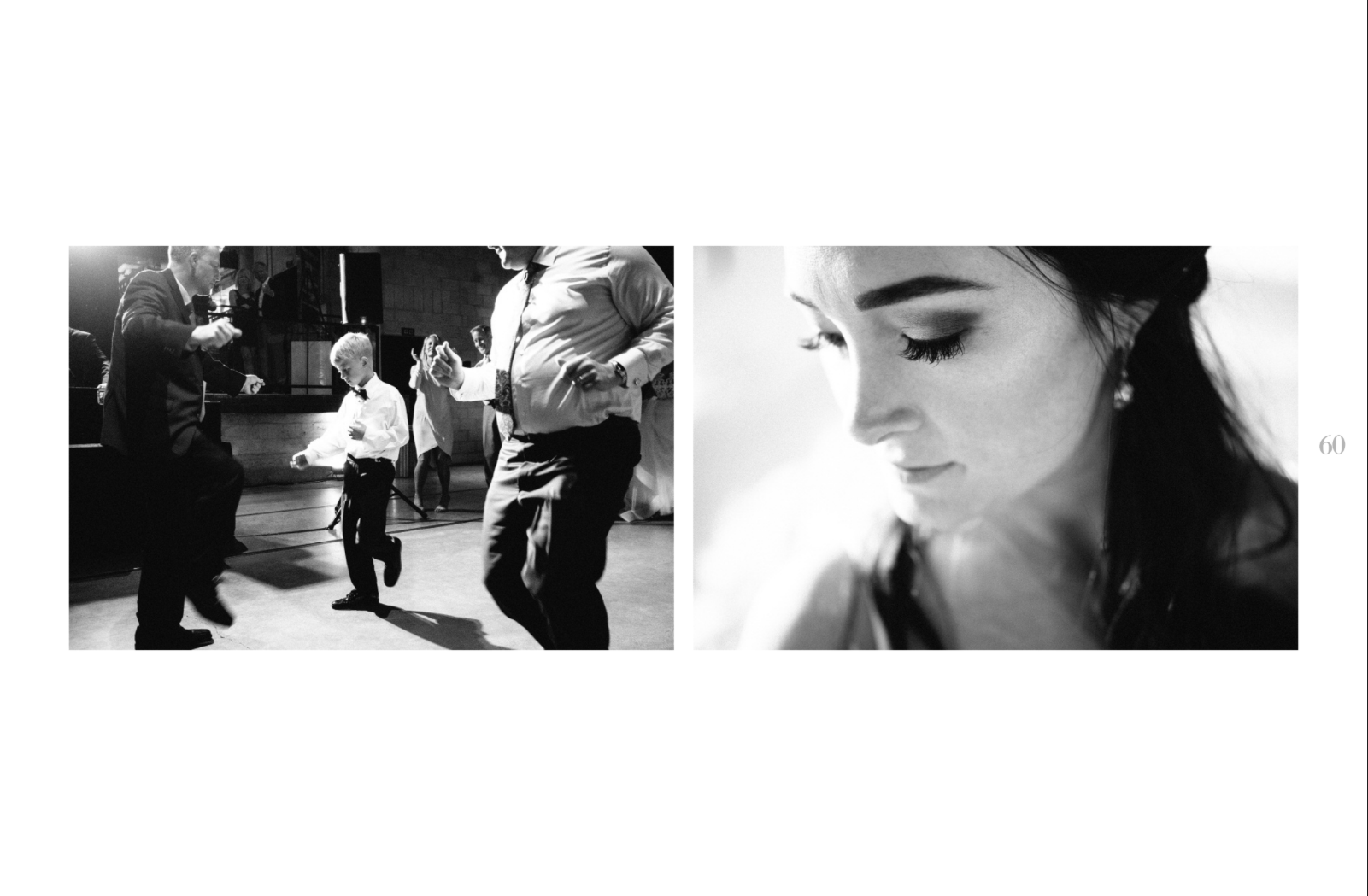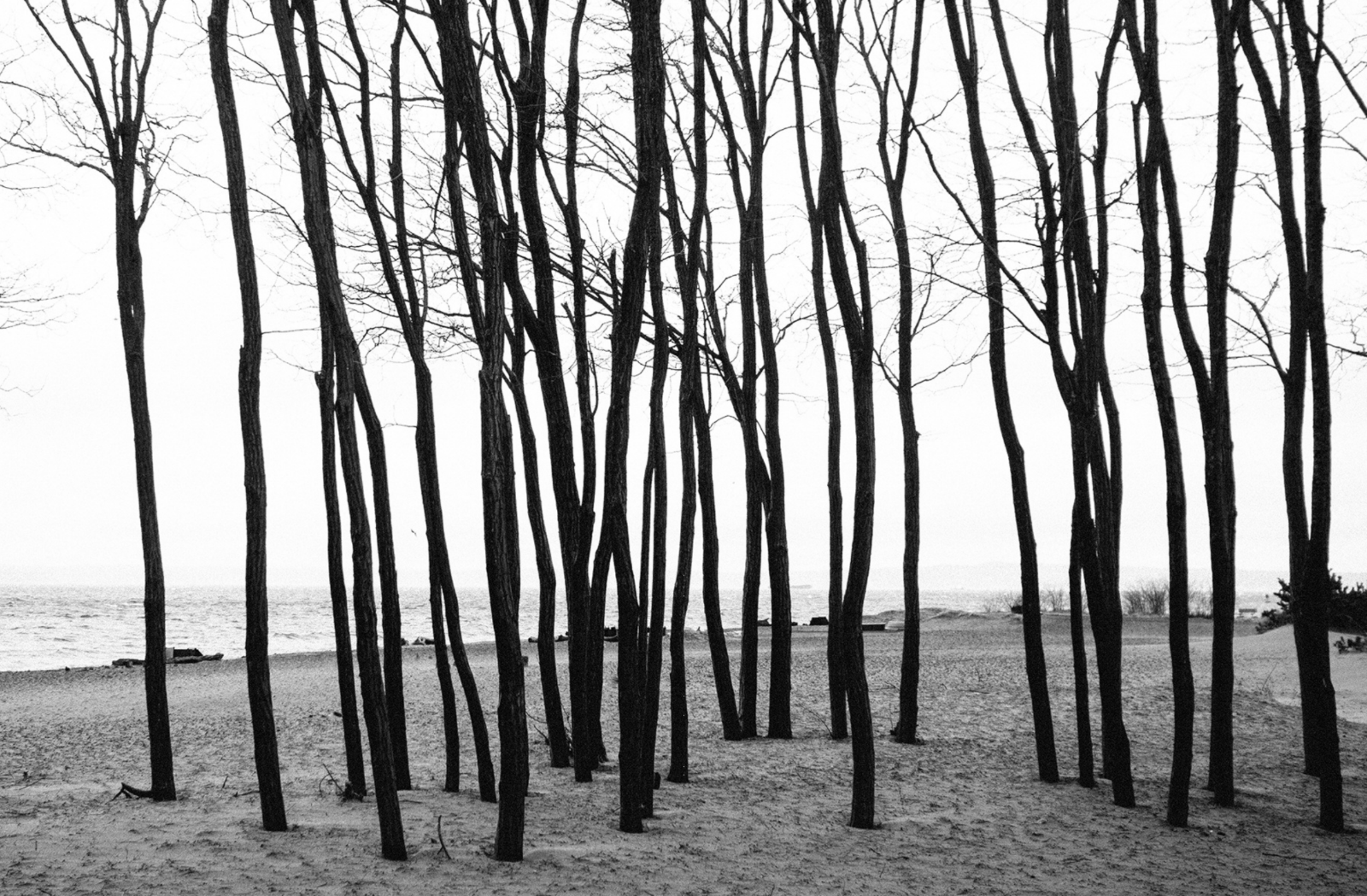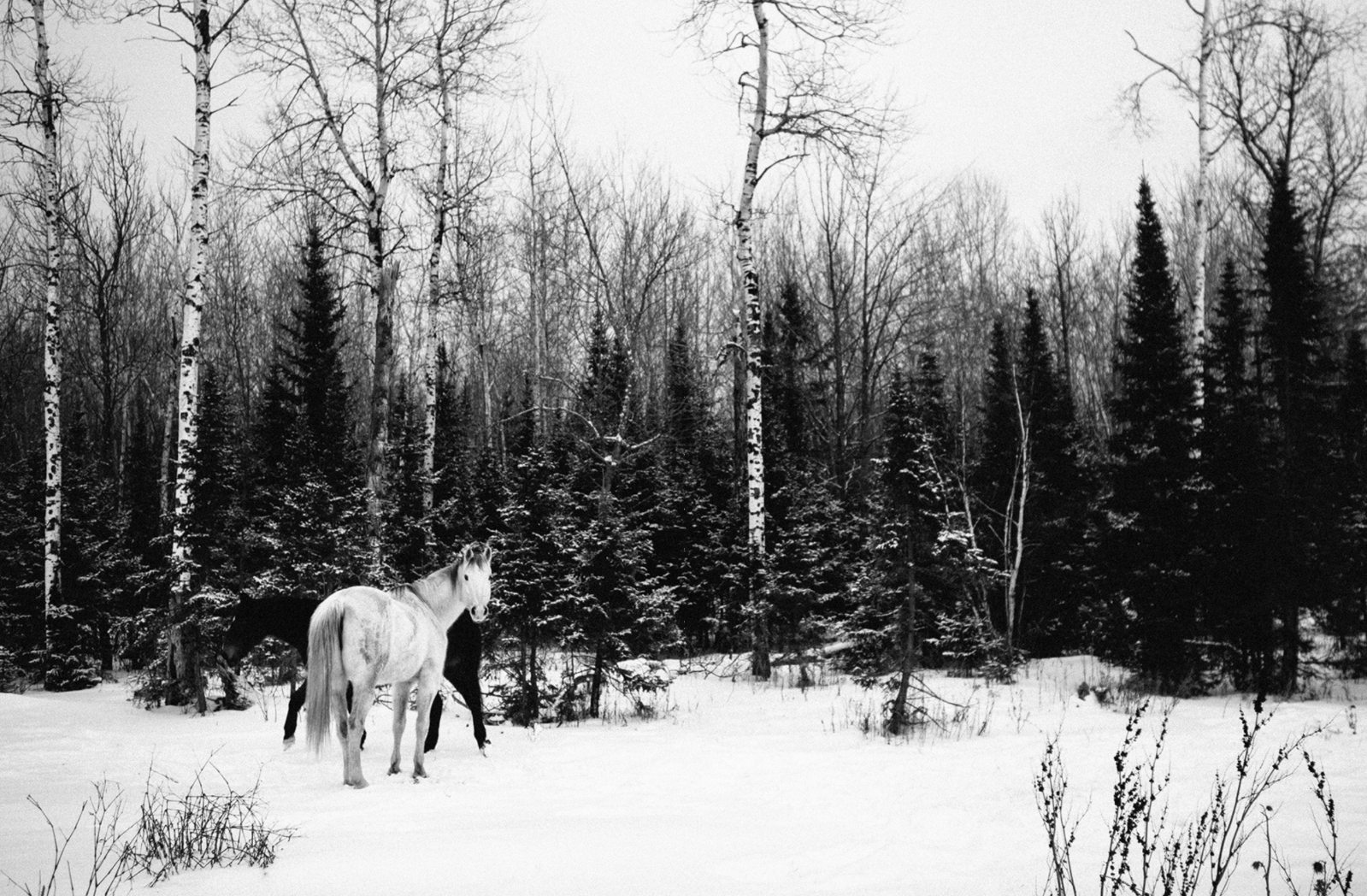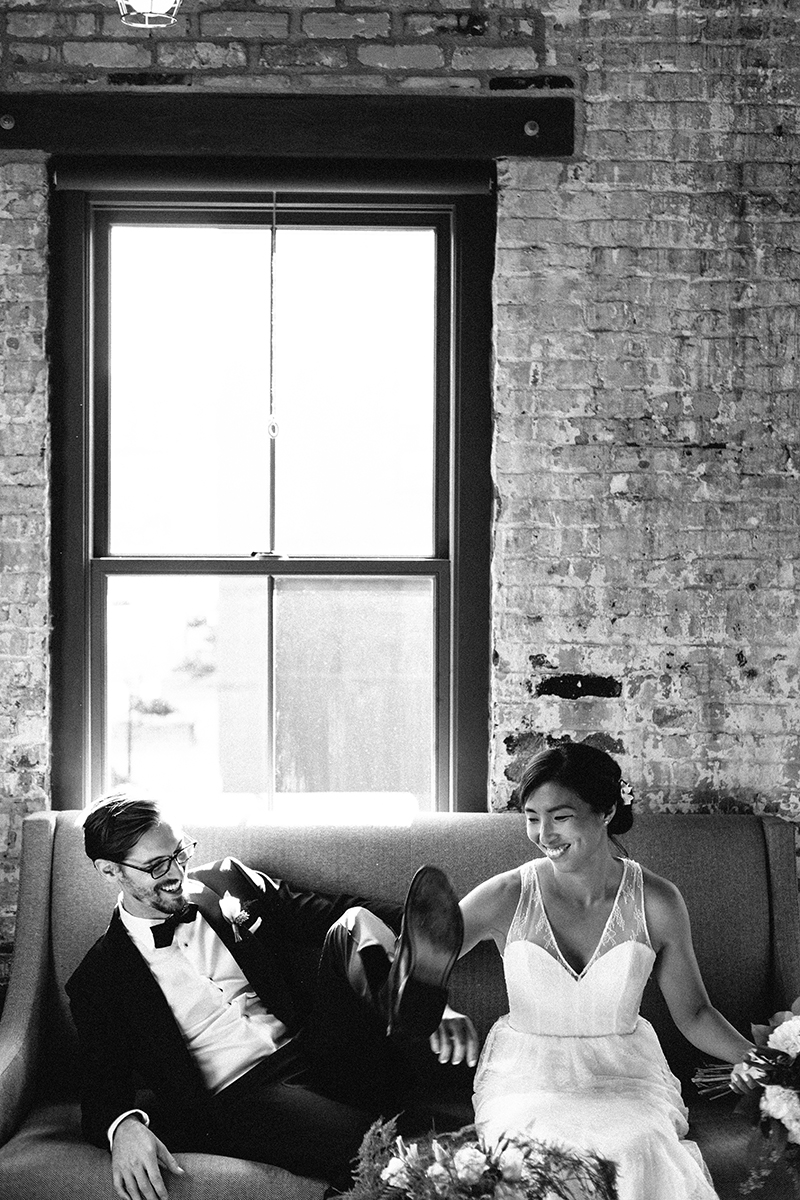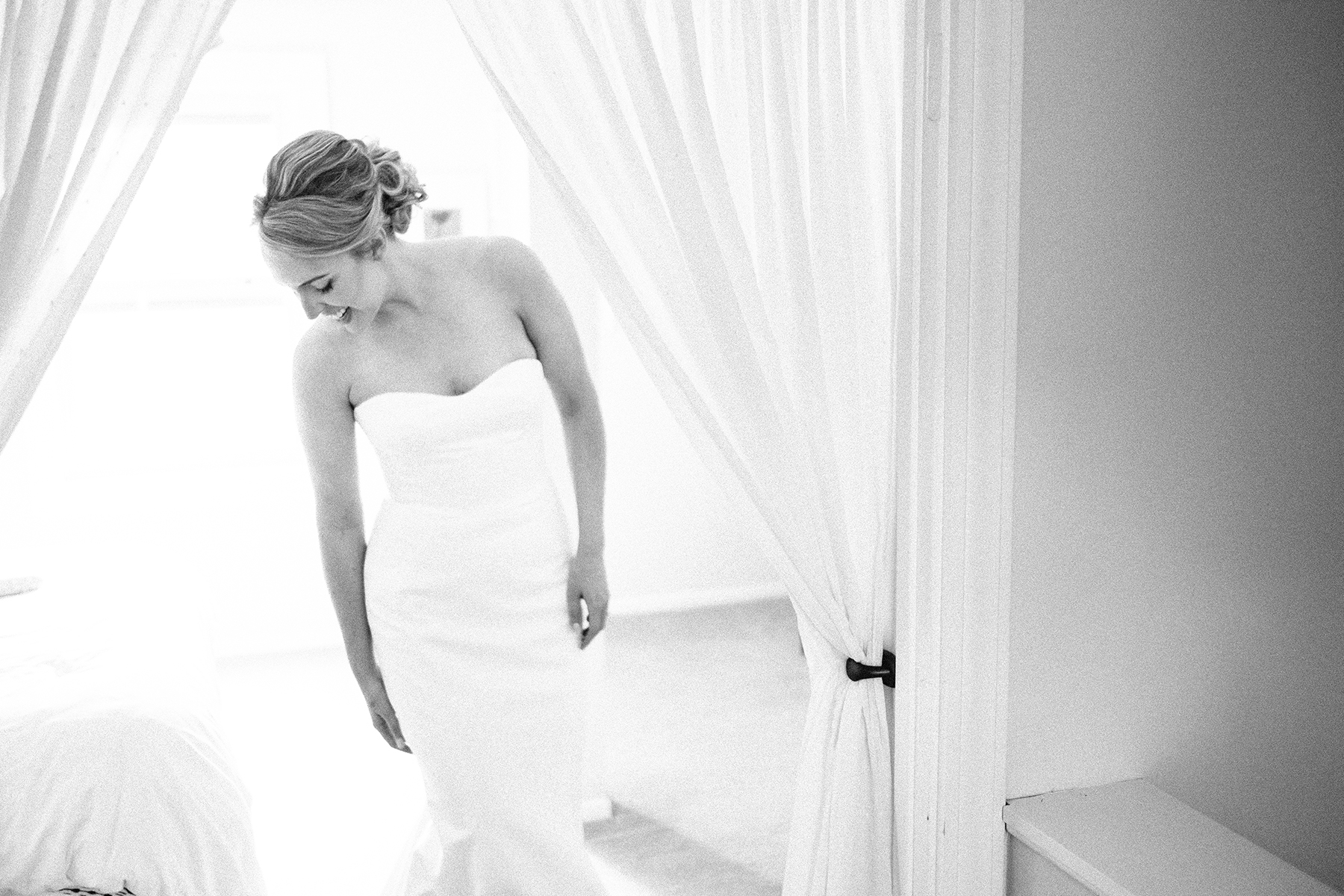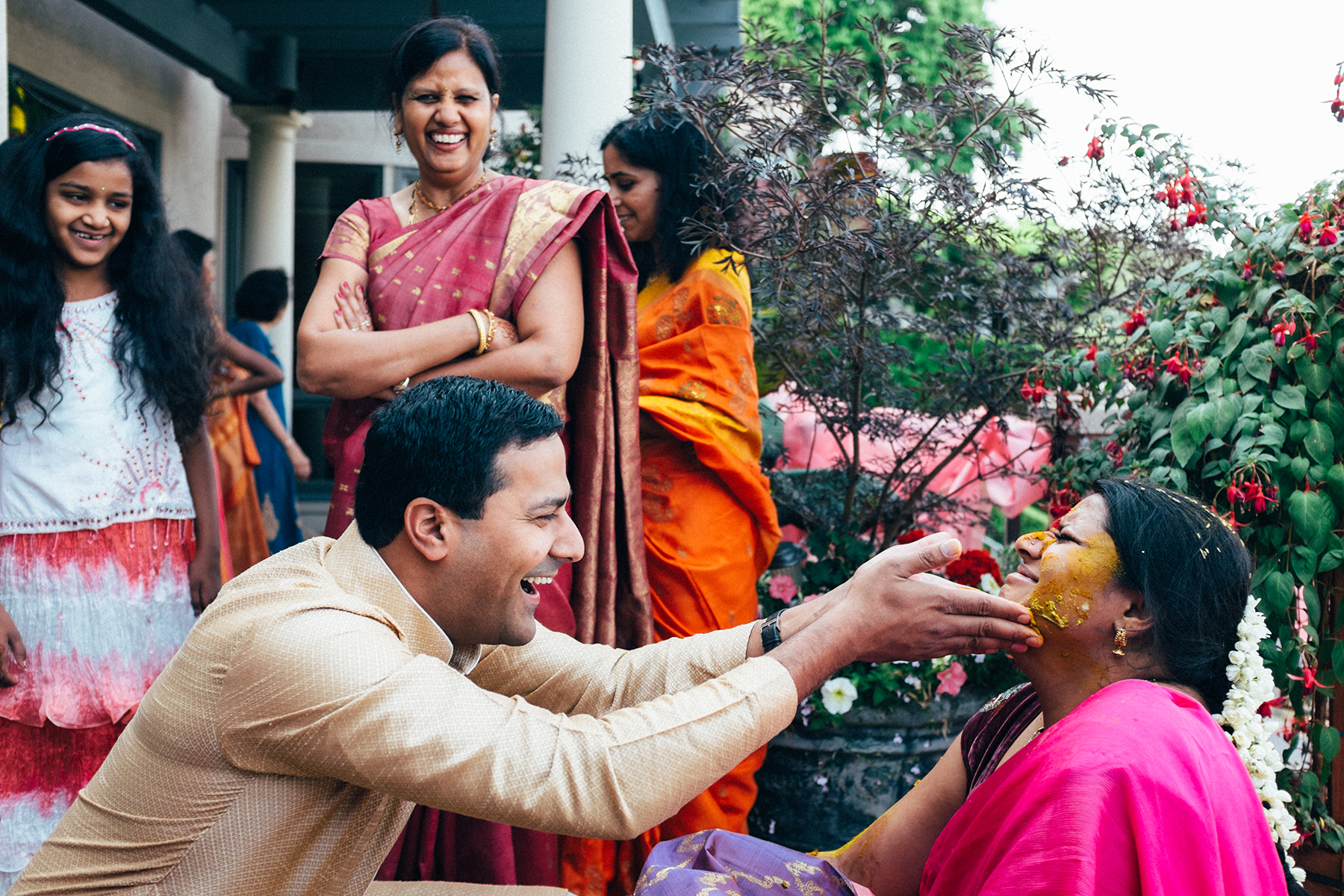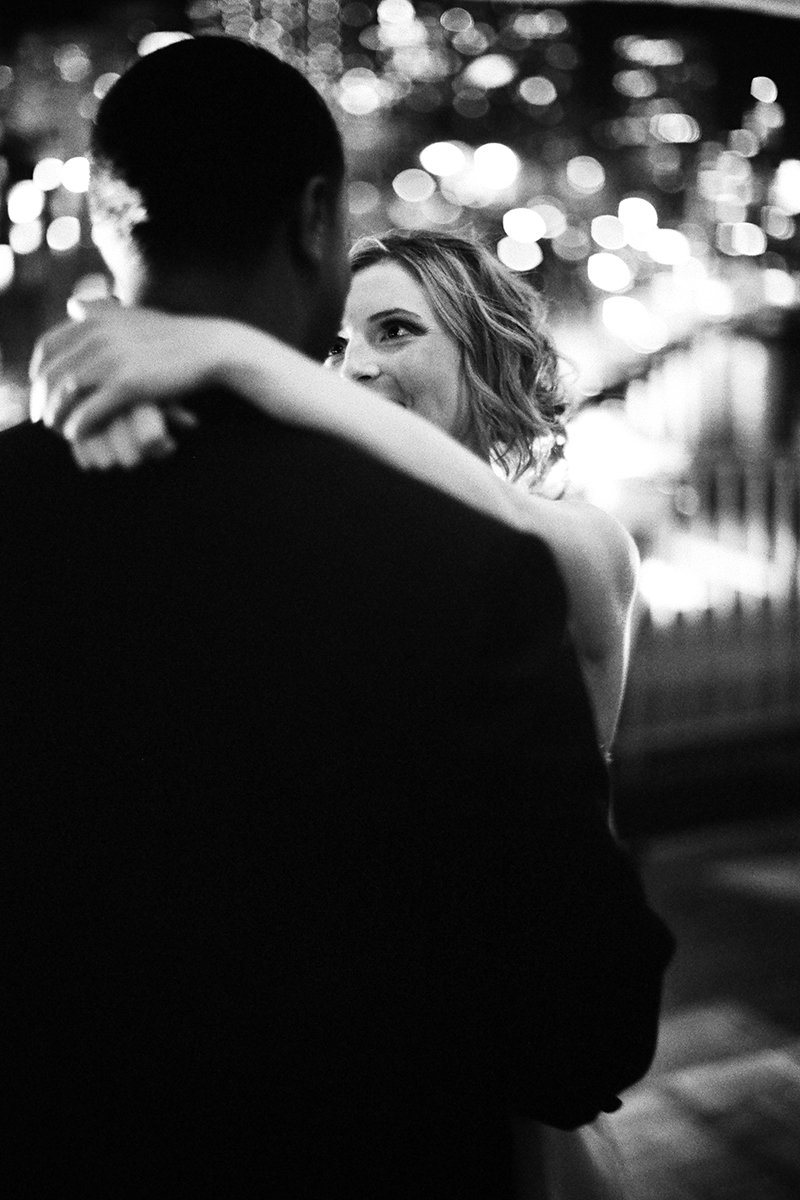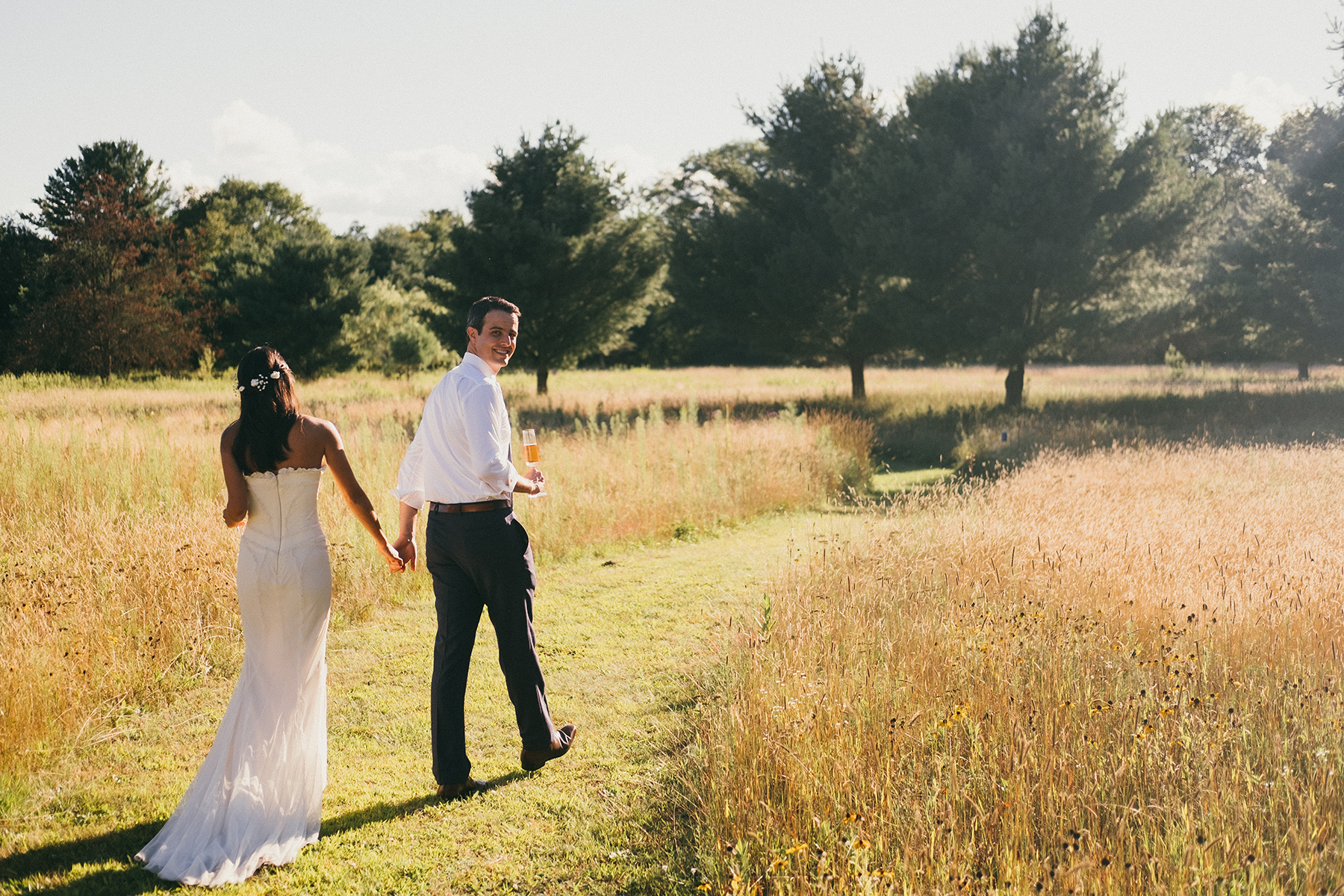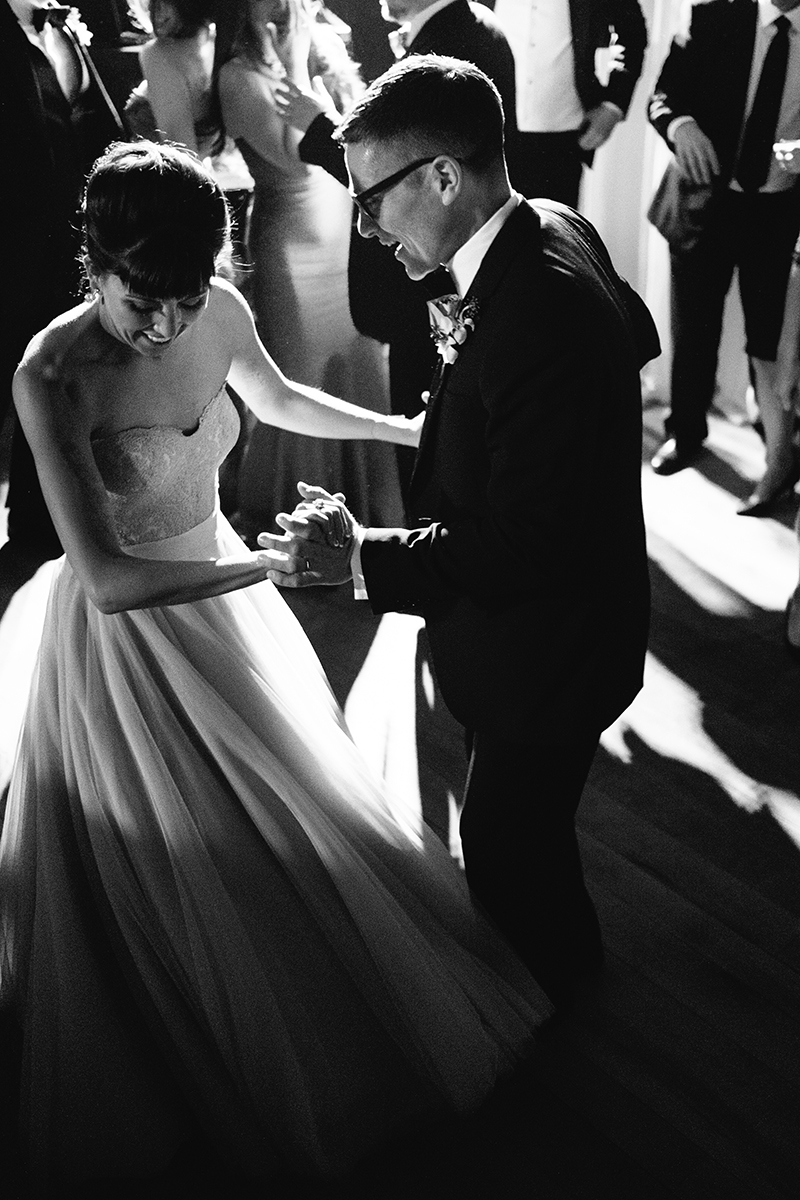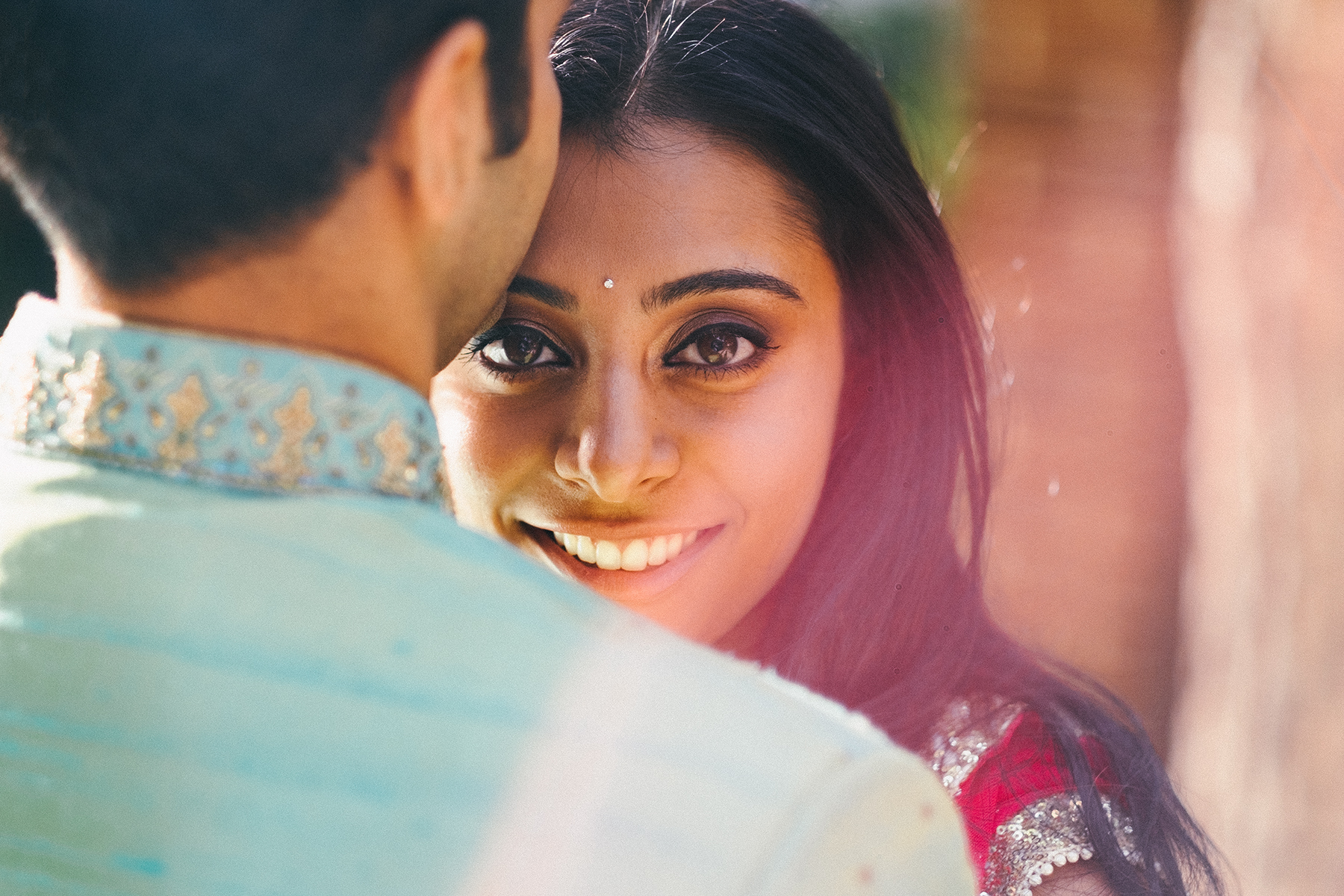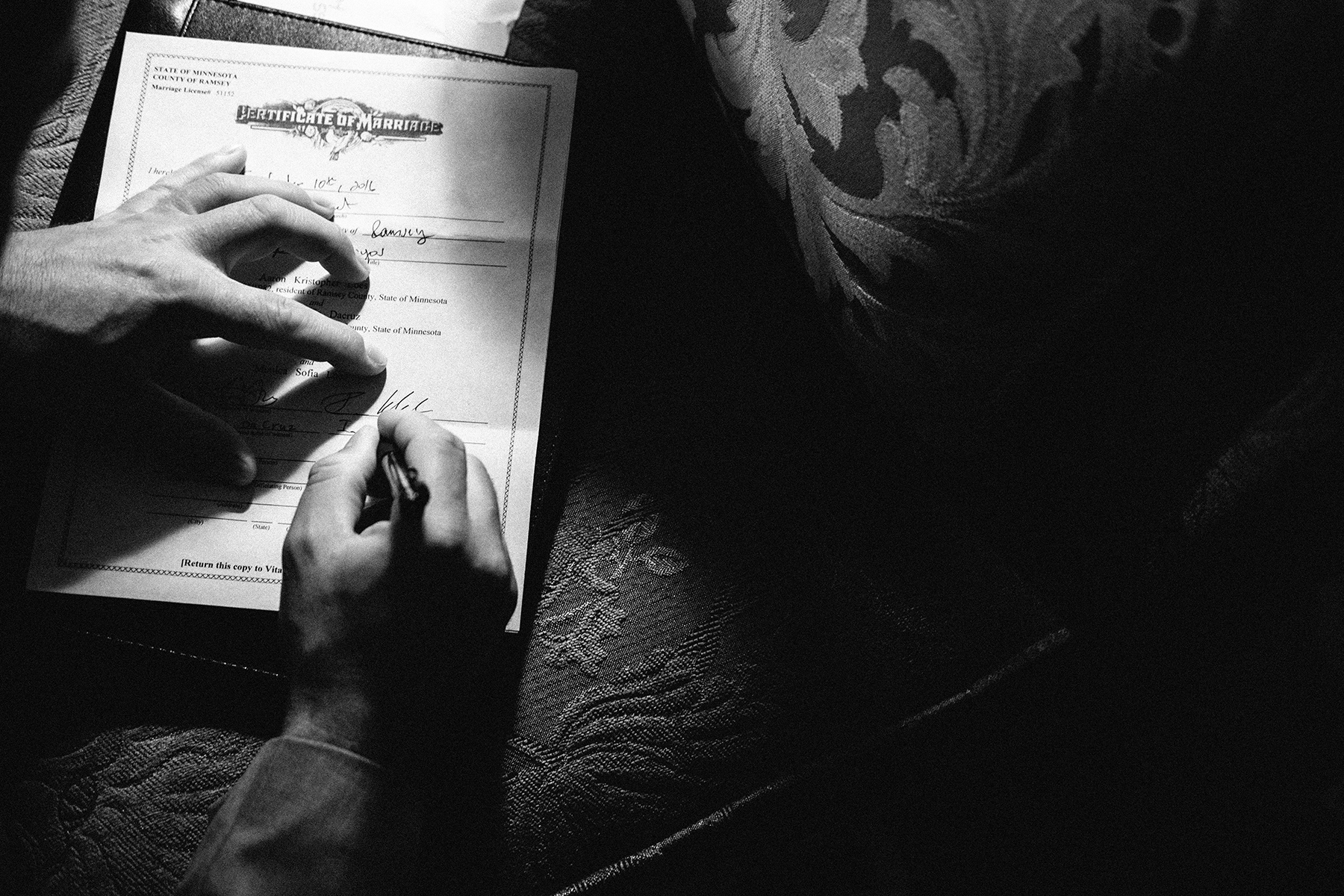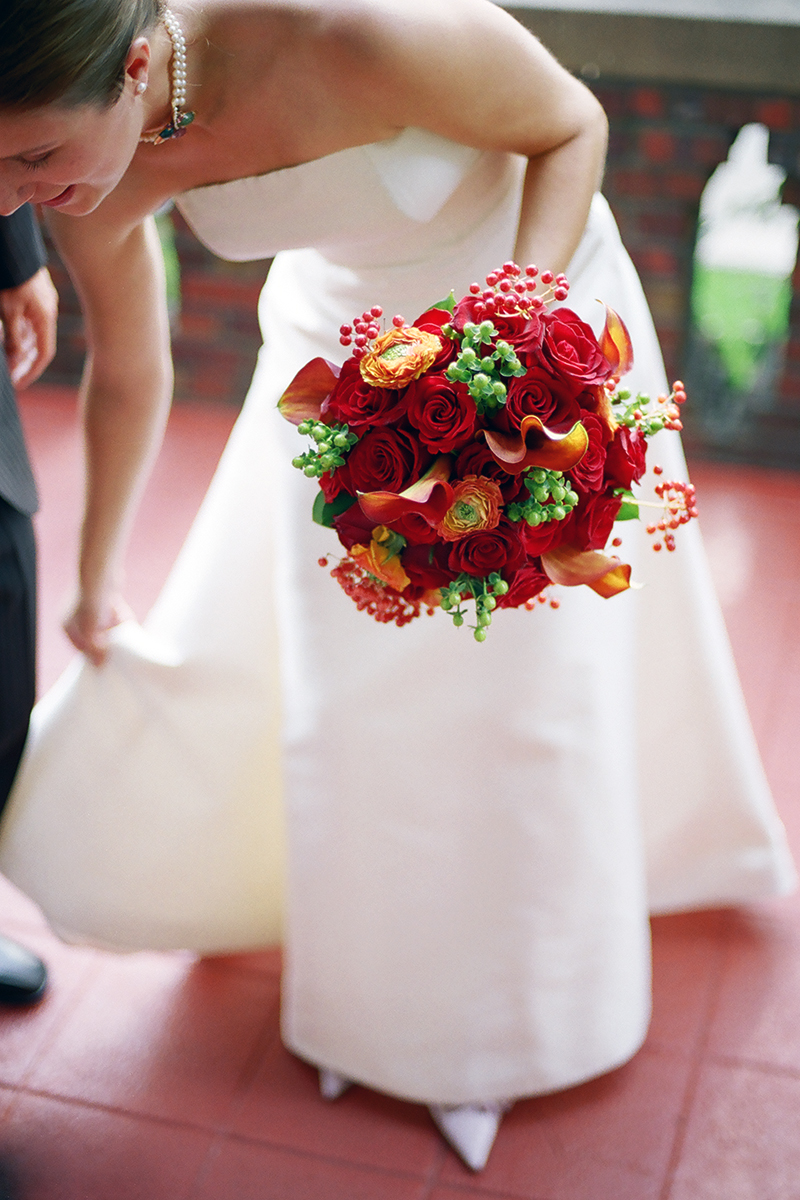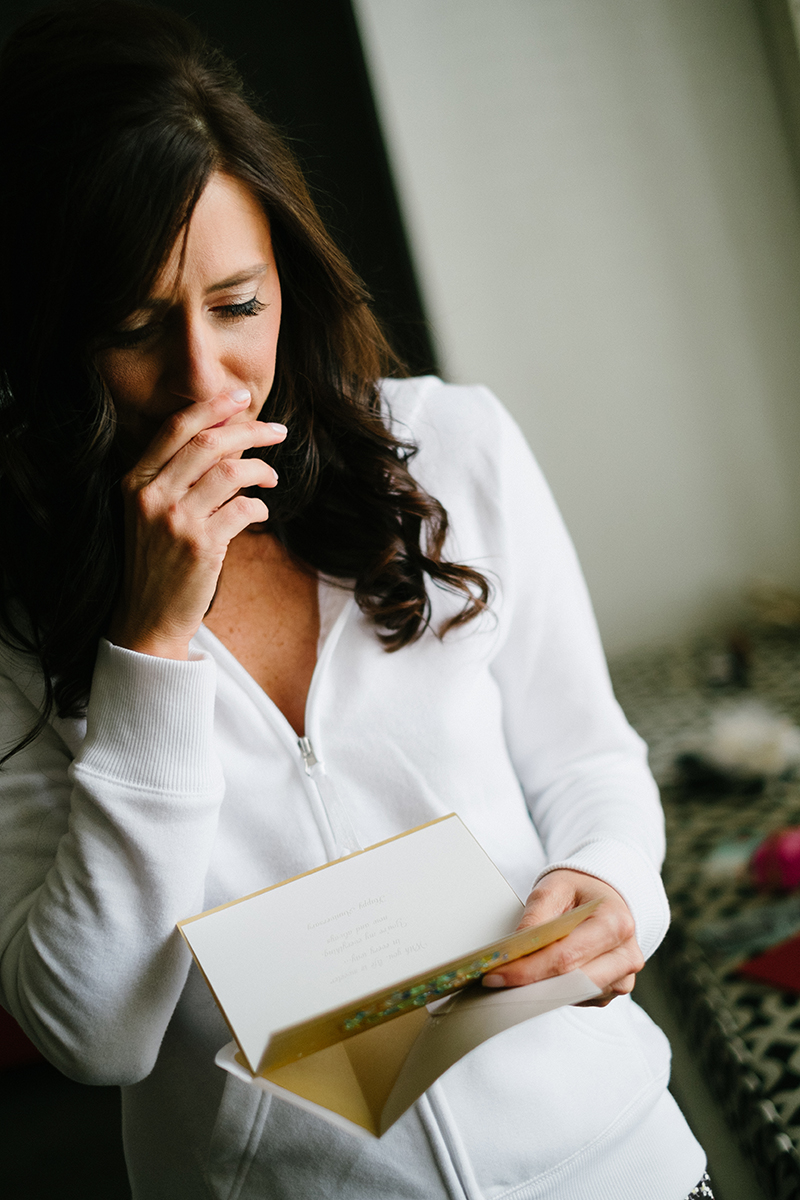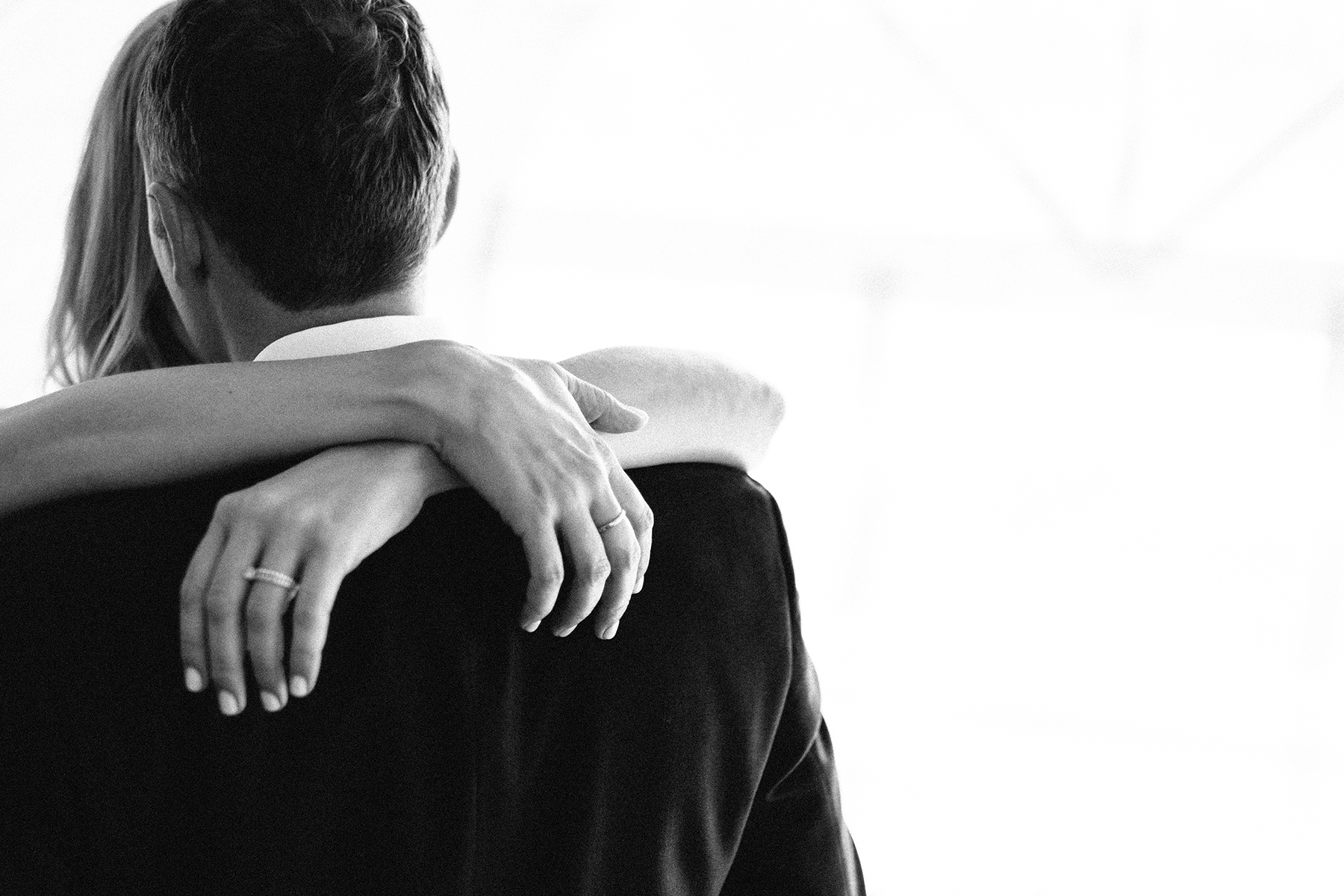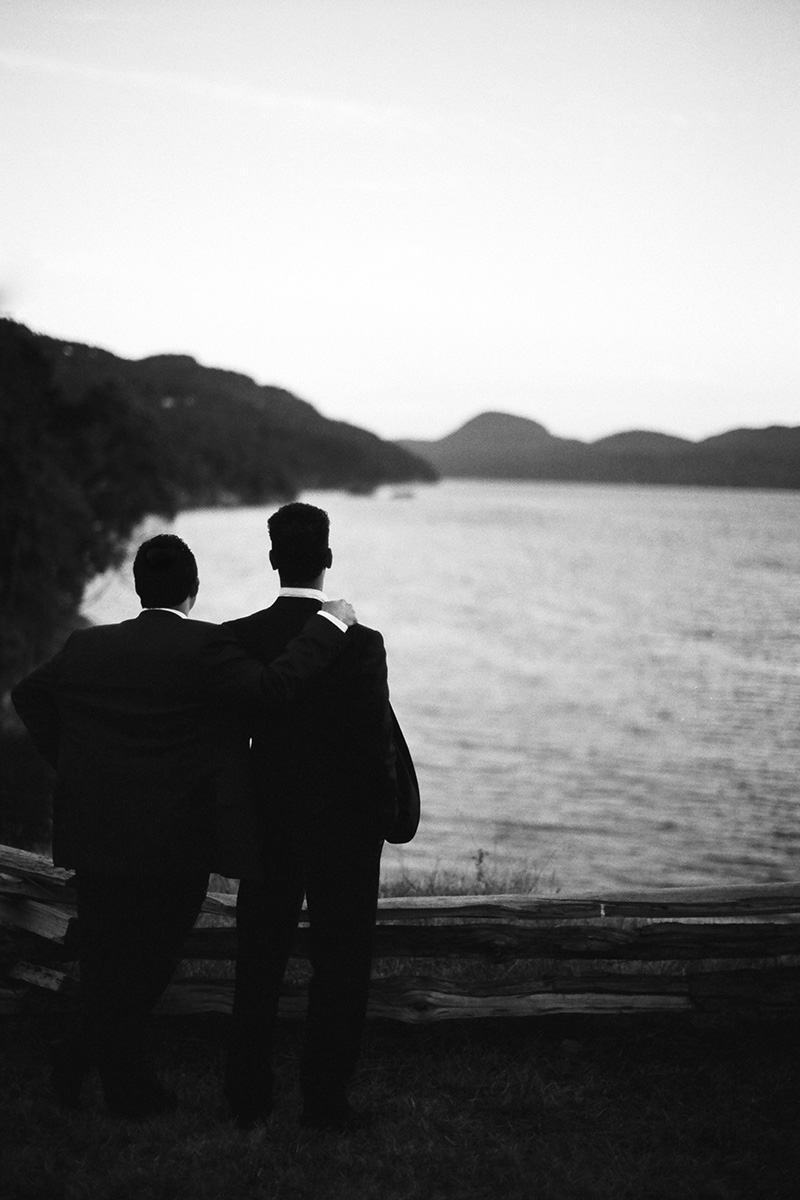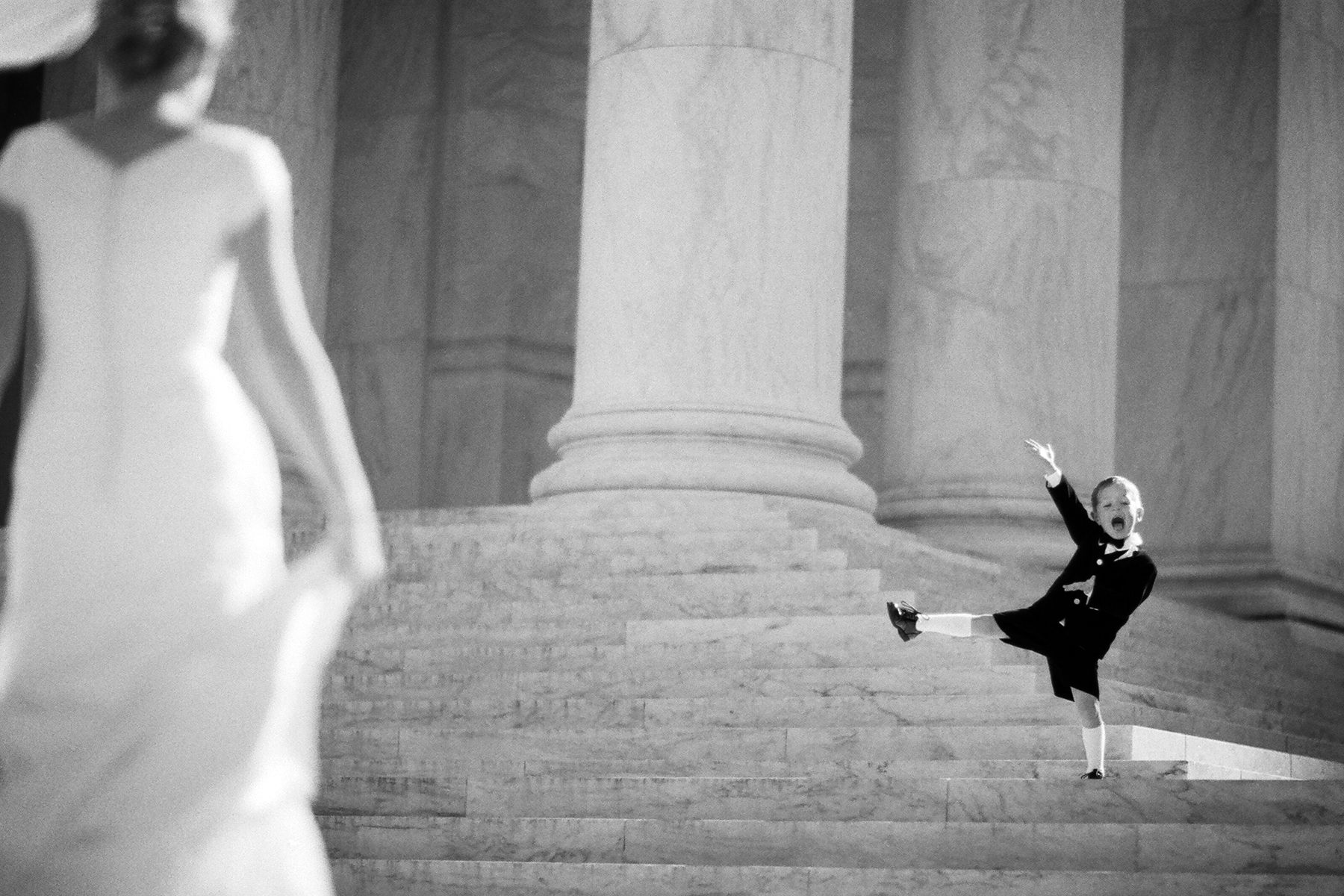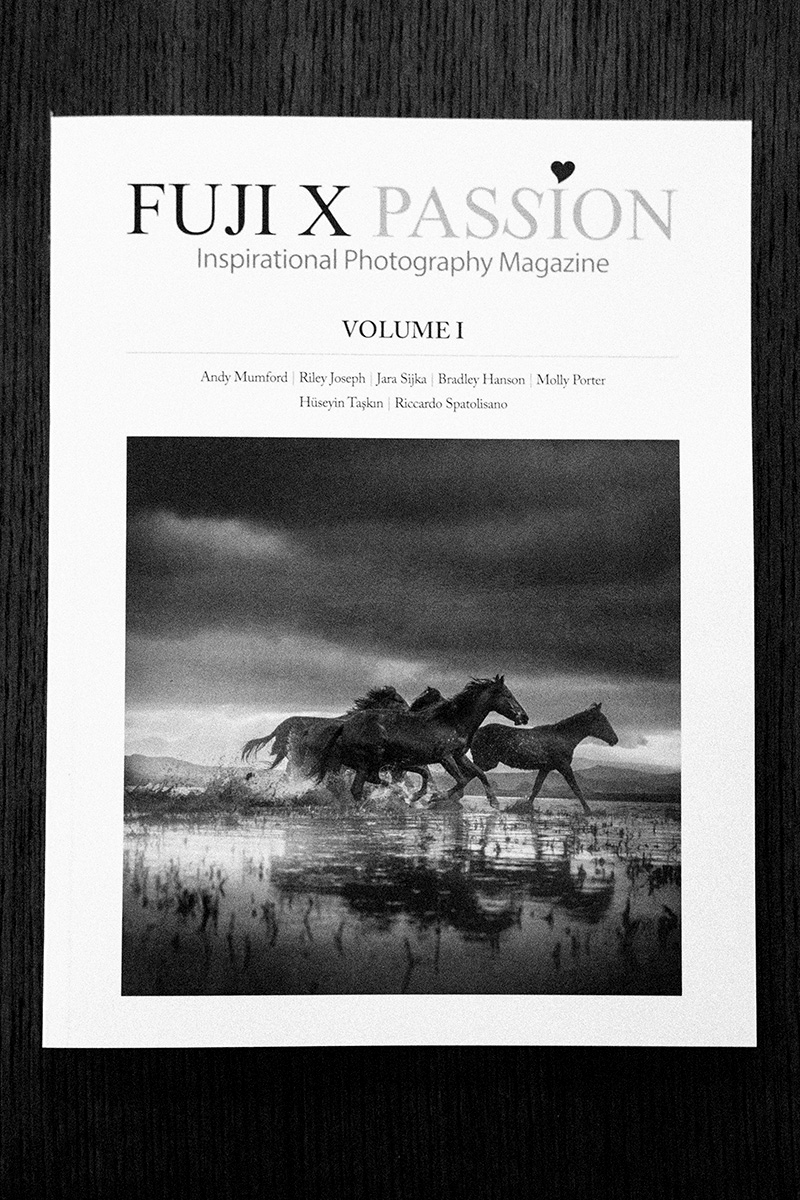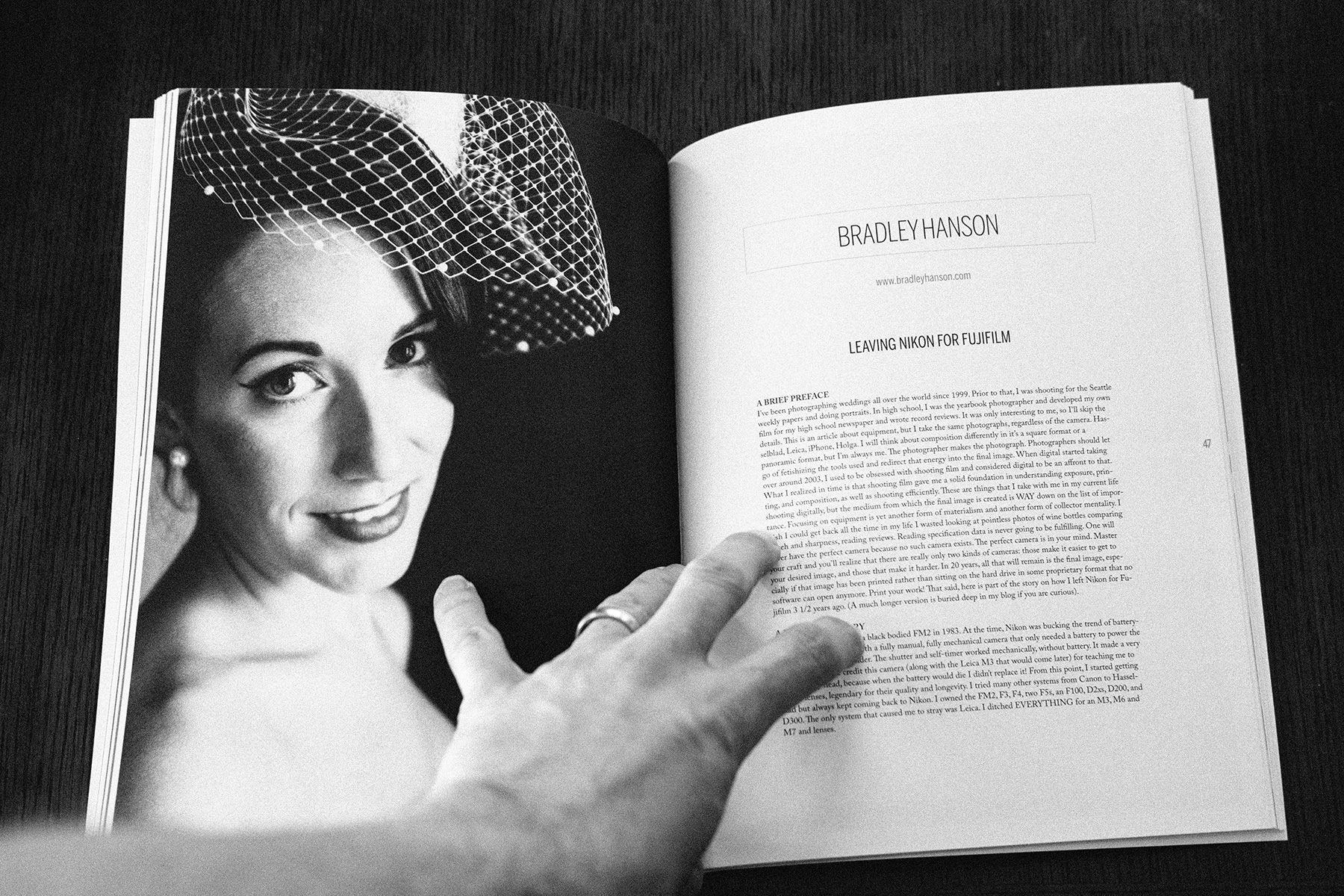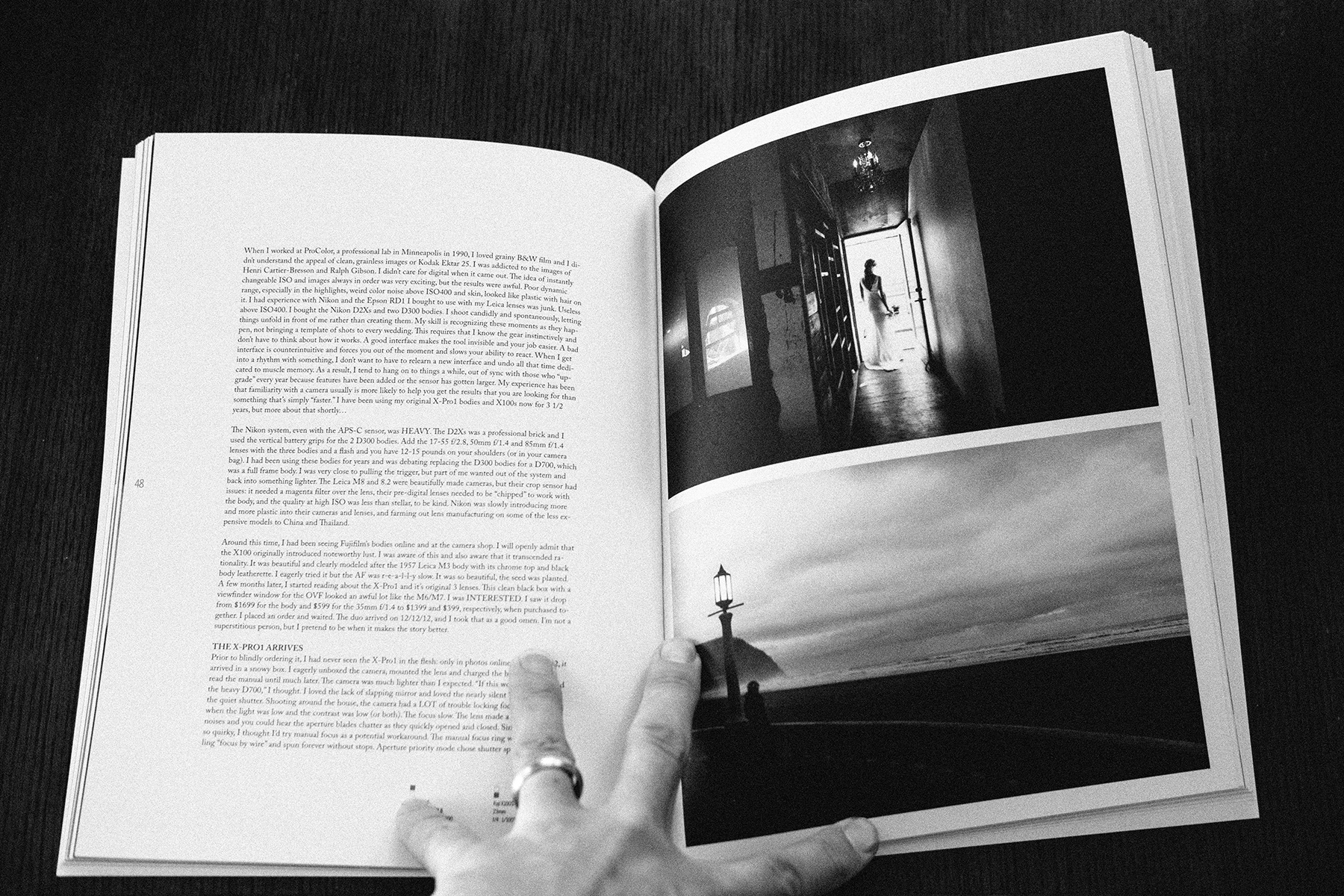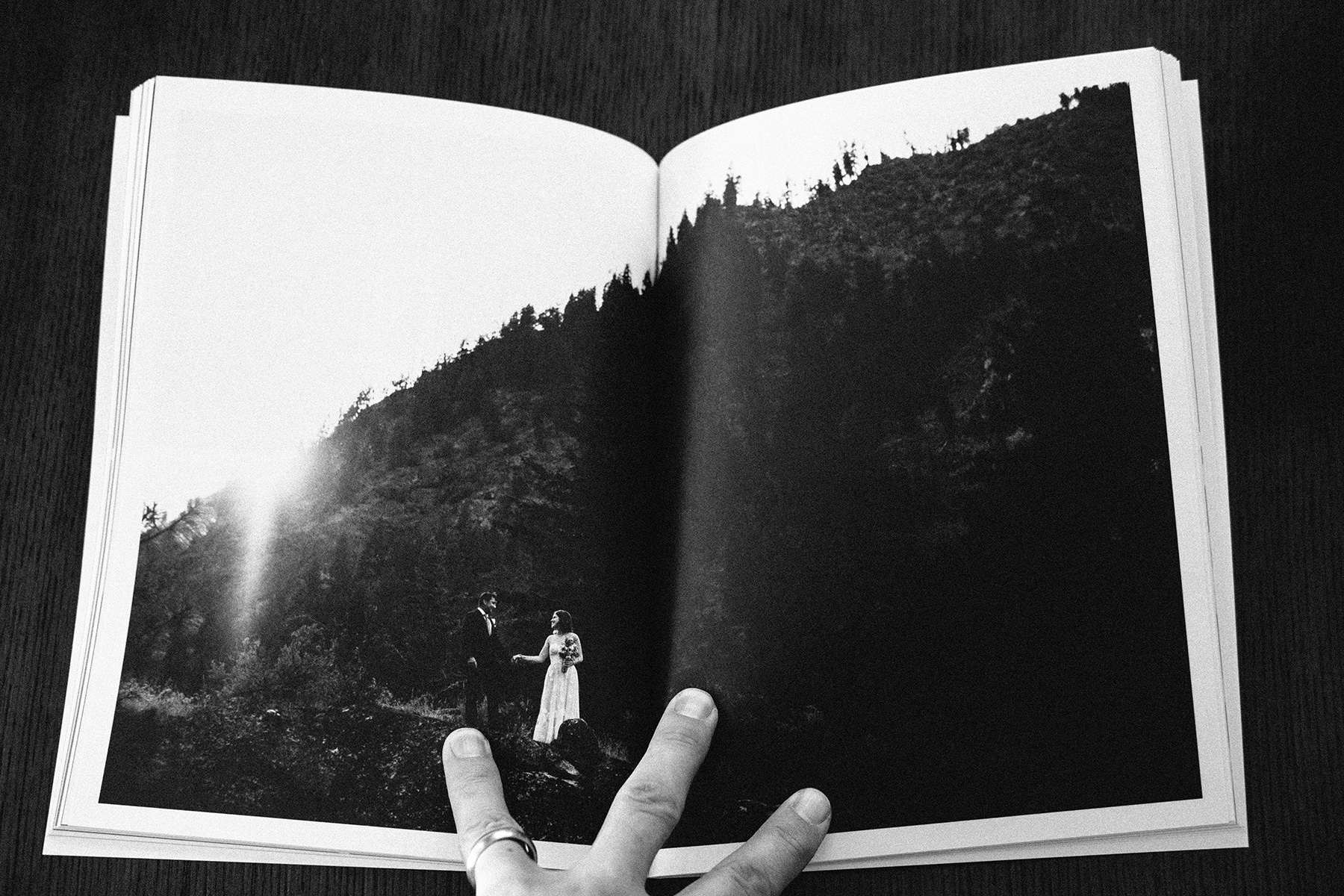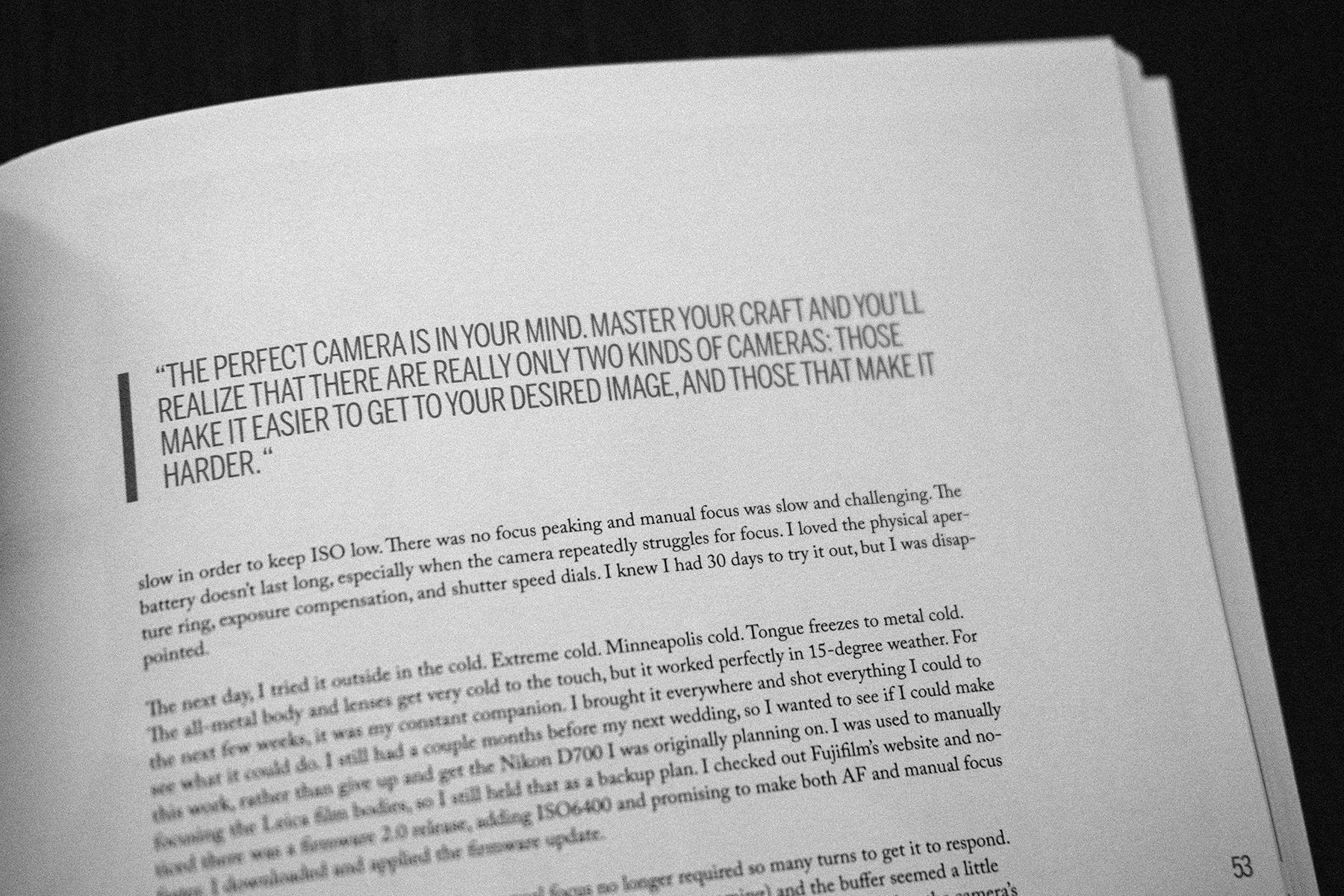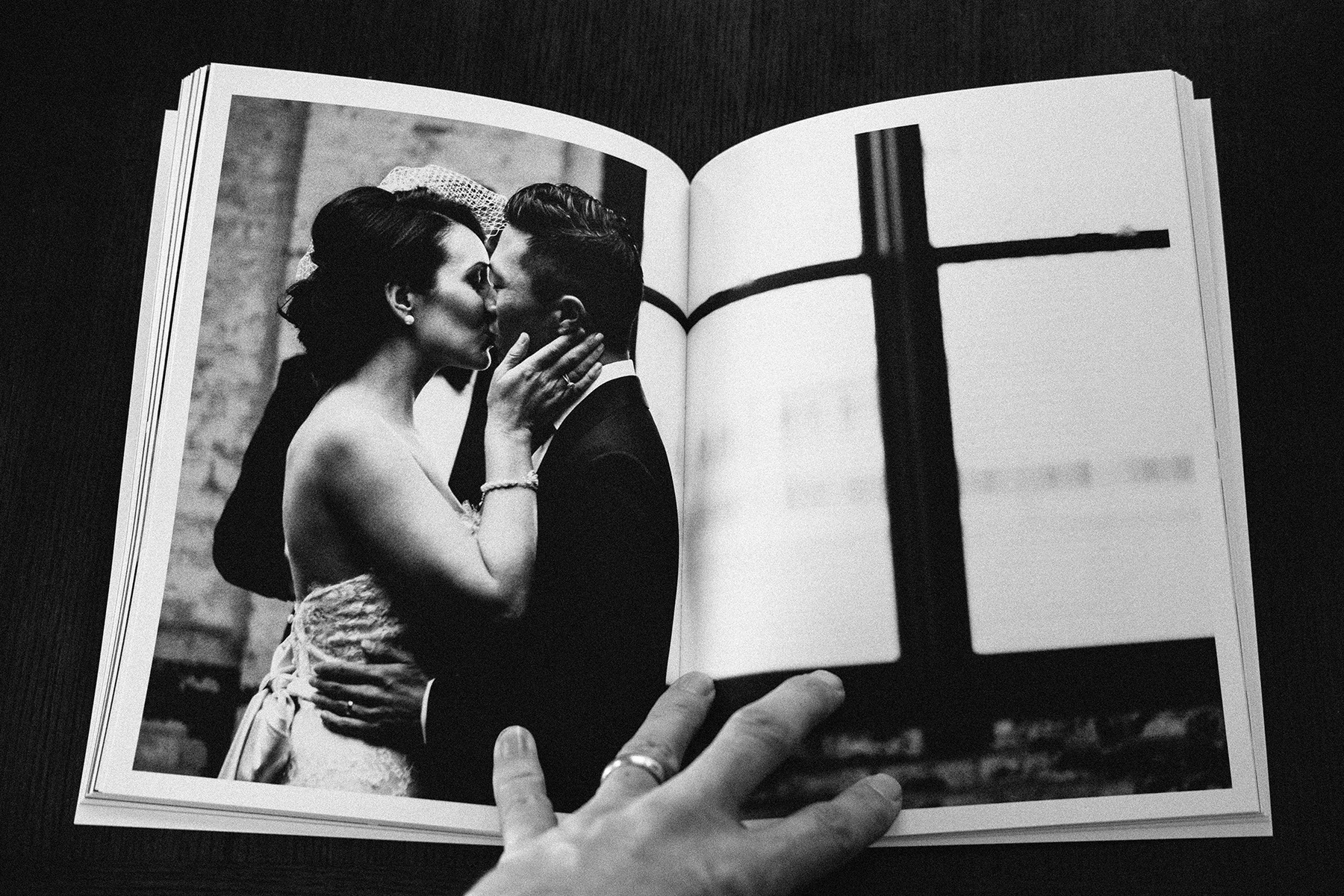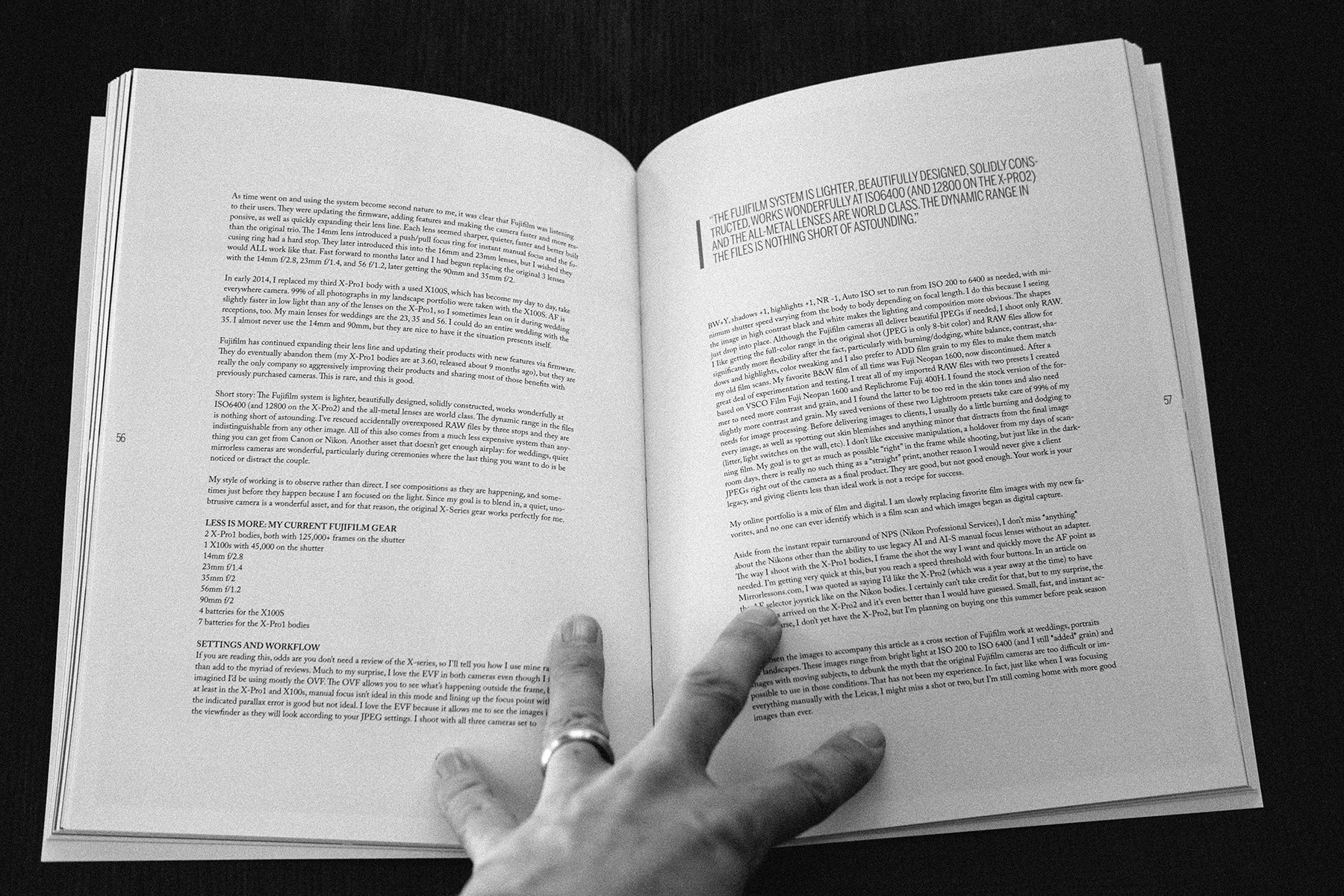Illyas walks out on the roof of the Lumber Exchange Building as the snowstorm begins on March 9, 2019.
I’ve been photographing weddings for 20 years now. I’ve personally been to 600 of them. Yeah, I know. It’s gone by quickly since April 1999. Anyway, 13 years of that was in Seattle, the last 7 here in Minneapolis. As someone who grew up in Minneapolis, the feeling is often that there is snow on the ground 6 months of the year. It can start as early as October and it can happen as late is May. We don’t get the kind of heavy snow we used to get all winter when I was a kid, but we are getting wild extremes. This year, we had a bone dry December, then February was 40 inches of snow rather than the average of 7.
Snow gets old when you grow up with it, but it still has a magical quality to me, particularly the first snow of the year. There is a quiet and peacefulness that happens both from the visual minimalism and the sound deadening of the snow itself. It literally absorbs sound and the combination enhances the beauty.
When Anna and Illyas hired me to photograph portraits for them, it was a relatively humid day. They had just gotten a sweet little dog named Louie who didn’t want to be away from them during our time together.
Fast forward to a week ago. The wedding day, March 9th, came quickly and meteorologists forecasted a late winter storm of 8-10” in the Twin Cities. I was excited because I could finally take photographs of a bride and groom in the snow. Well, the serious part of the storm ended up hitting the part of the state south of Minneapolis and while we ended up with more like 5 inches of snow, it was beautiful: large, heavy and dense snow that fell slowly and accumulated quickly.
In a brief moment after the wedding ceremony, Anna, Illyas and I went to the roof of the historic Lumber Exchange Building to take a few photographs it was the opportunity I’ve been waiting for. I rarely use flash, but with snow it highlights every flake on its way to the ground.
I’ll be adding images to this blog post in a few weeks.
To see more Minneapolis/St. Paul, MN portraits, wedding photography and weddings all over the world, visit my main portfolio on bradleyhanson.com or email me at info@bradleyhanson.com or call me at 206-393-8292 and we can discuss your wedding plans in detail.






